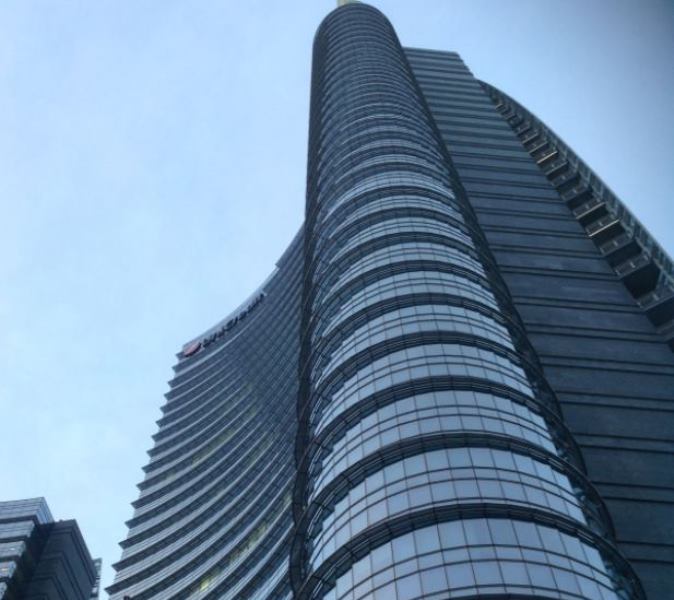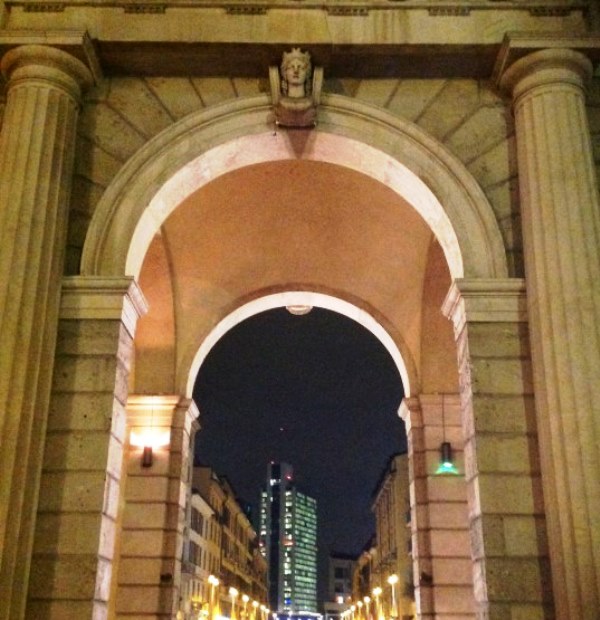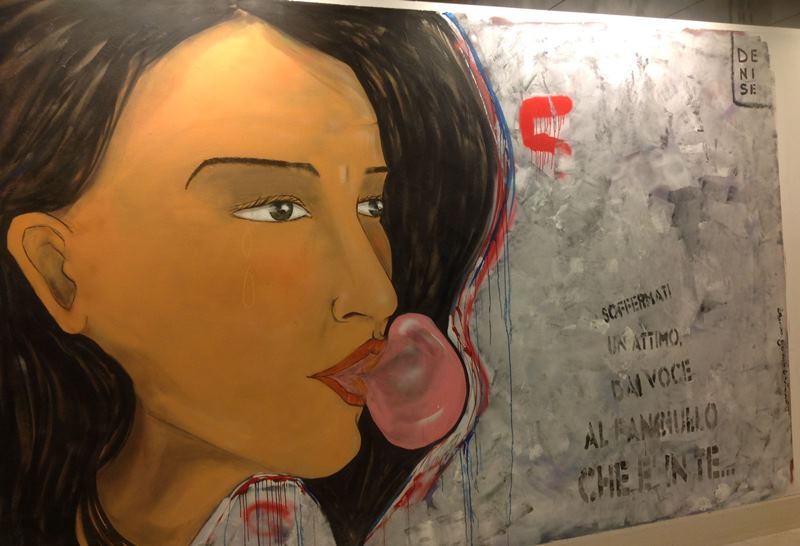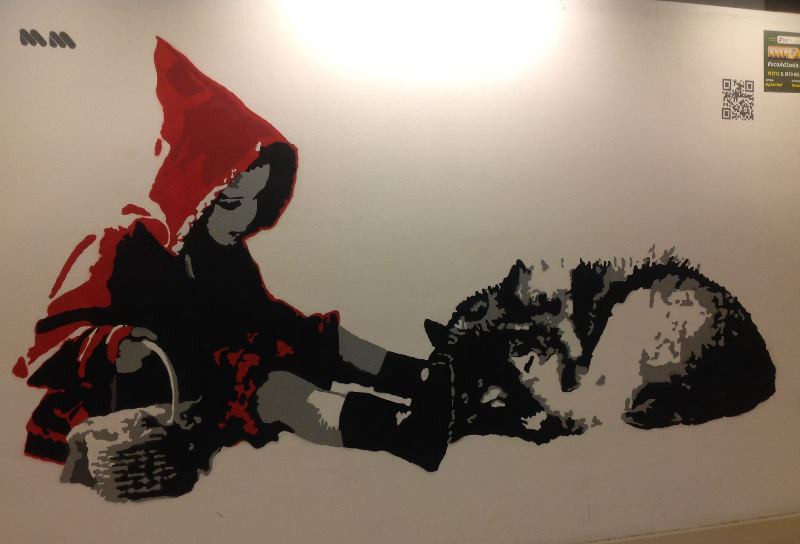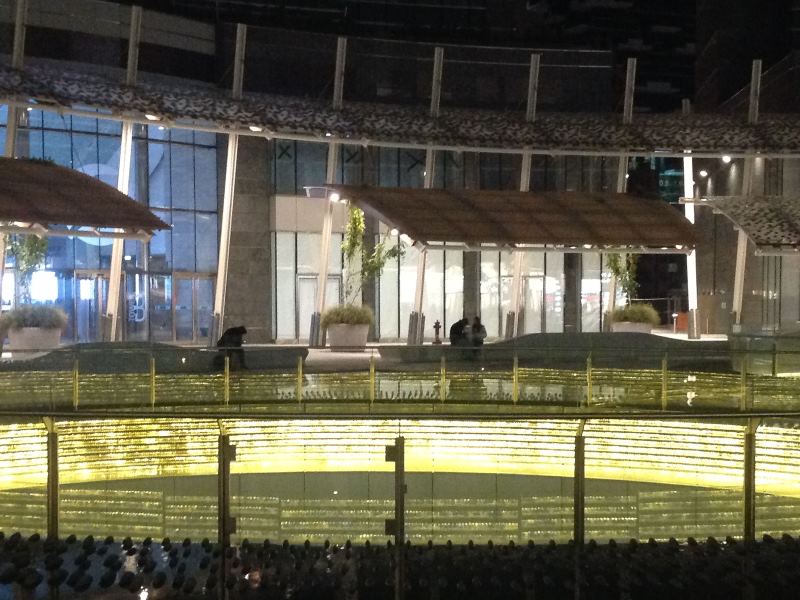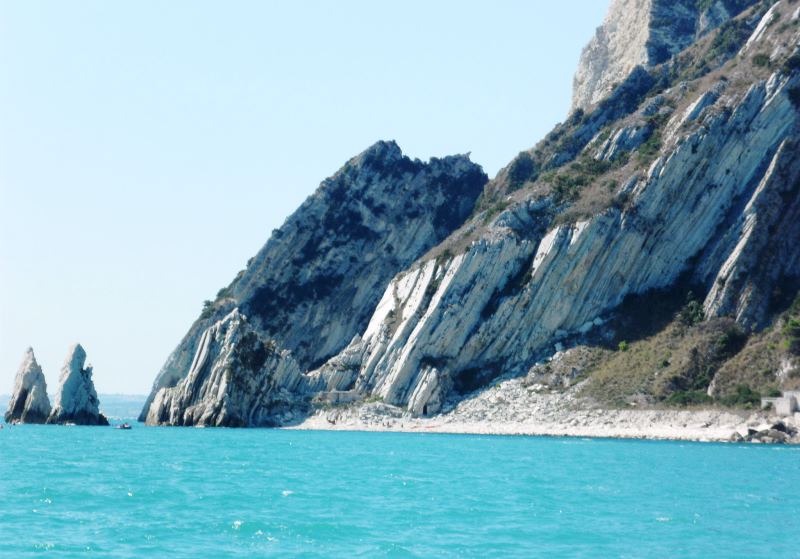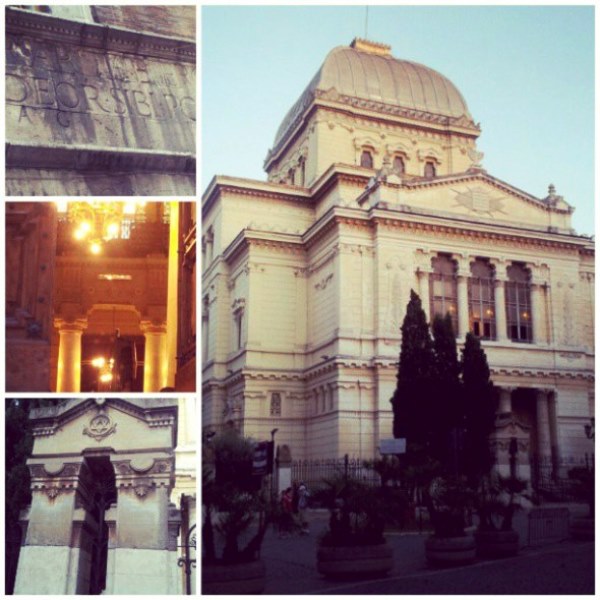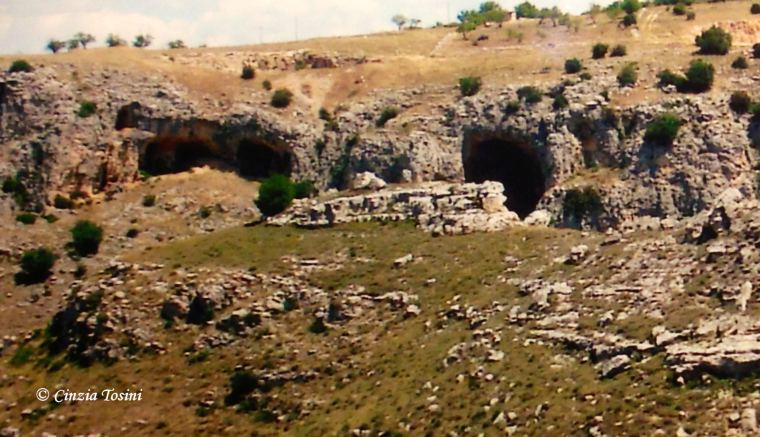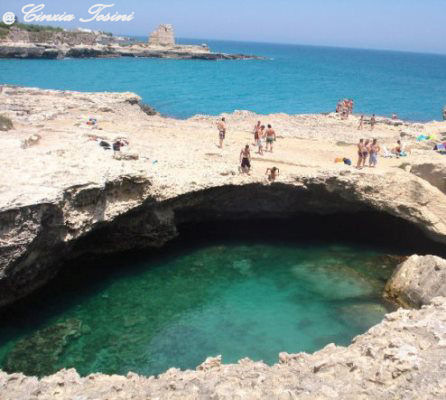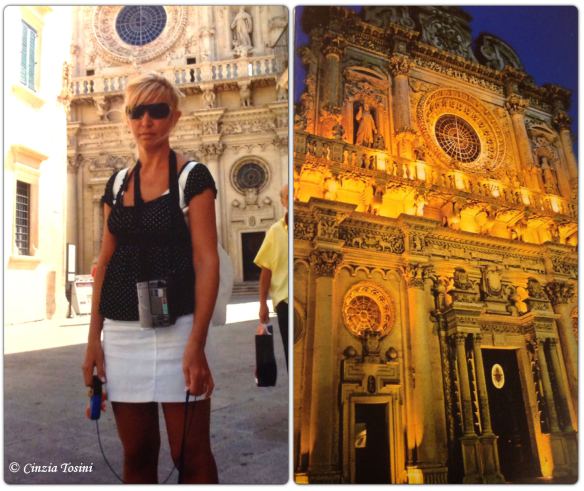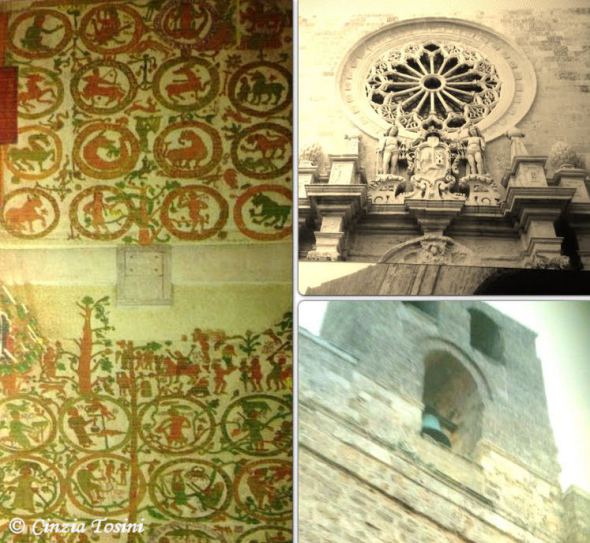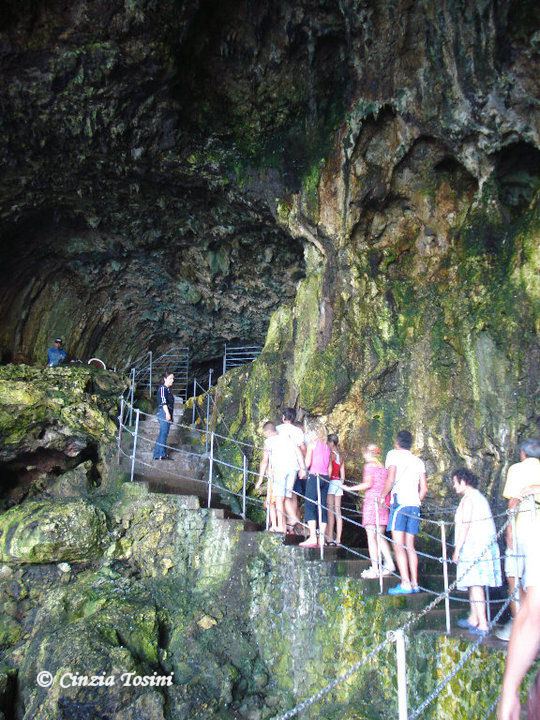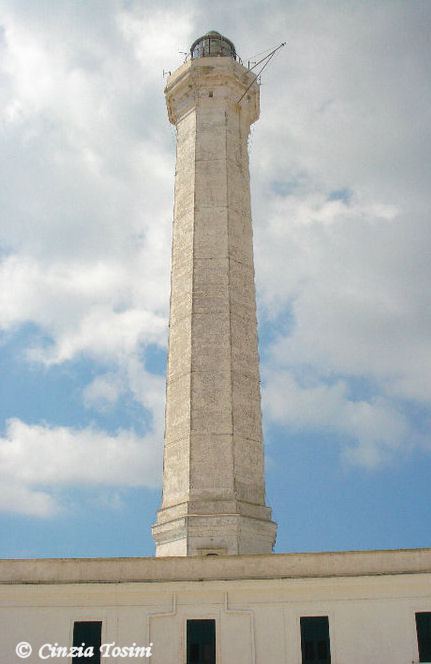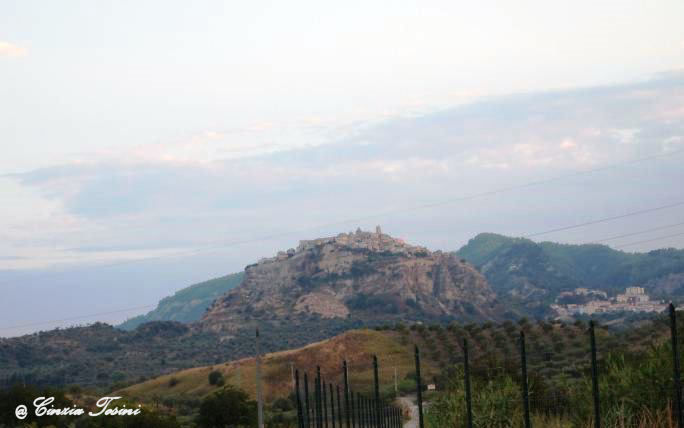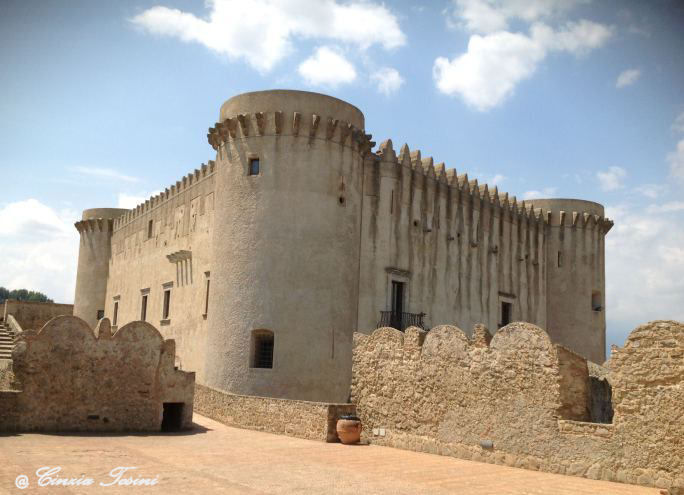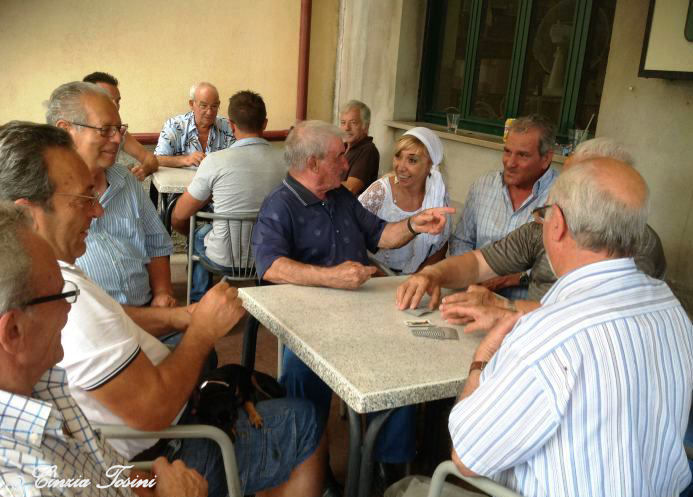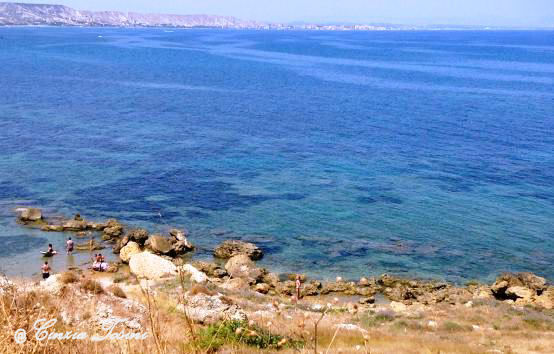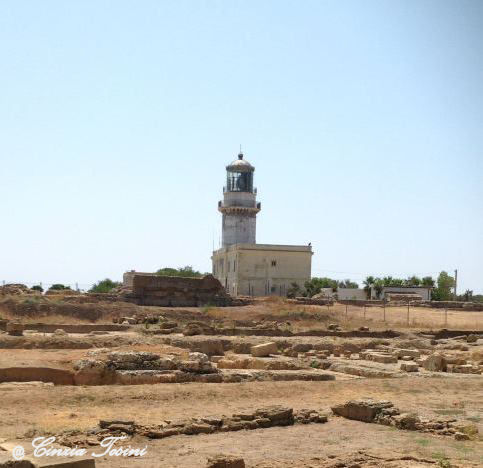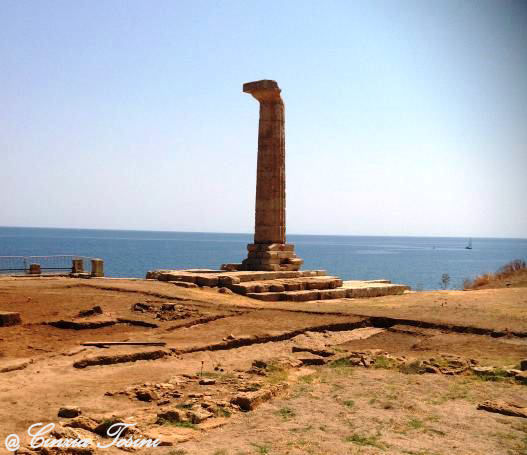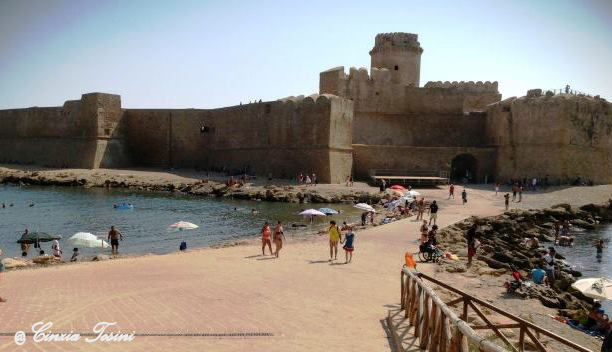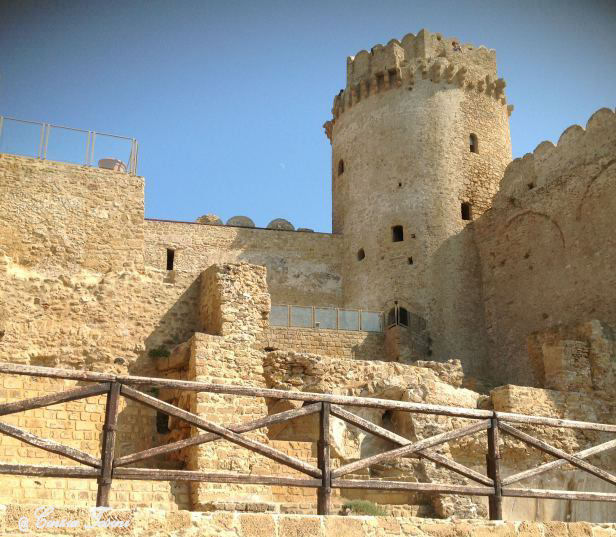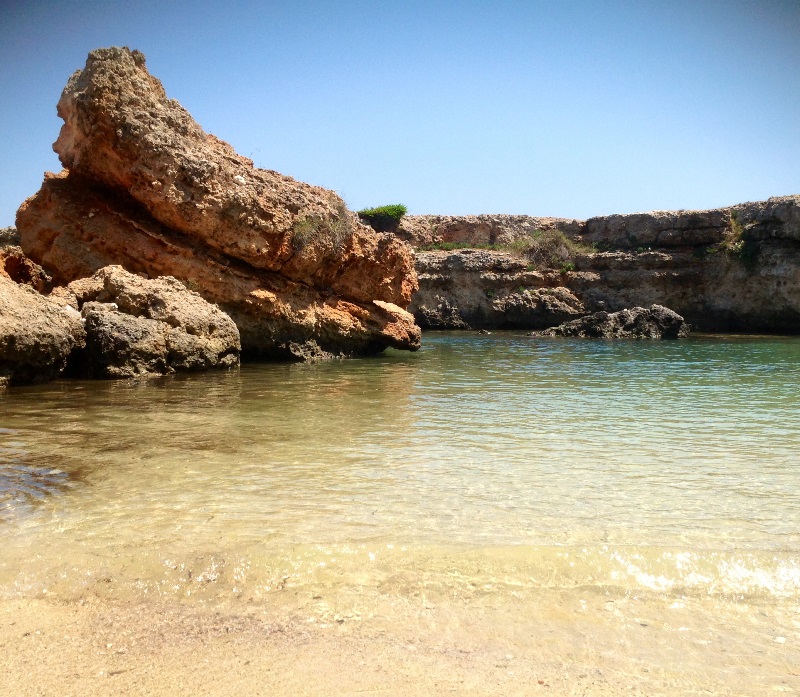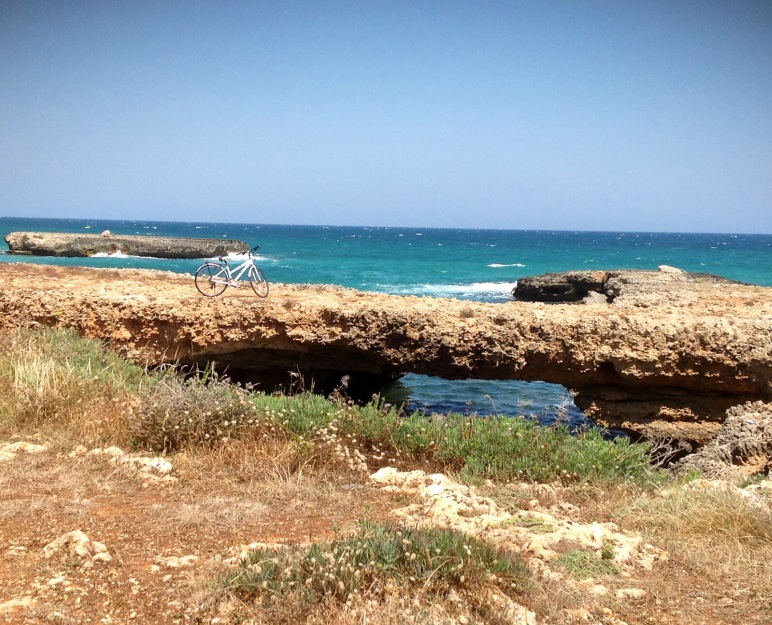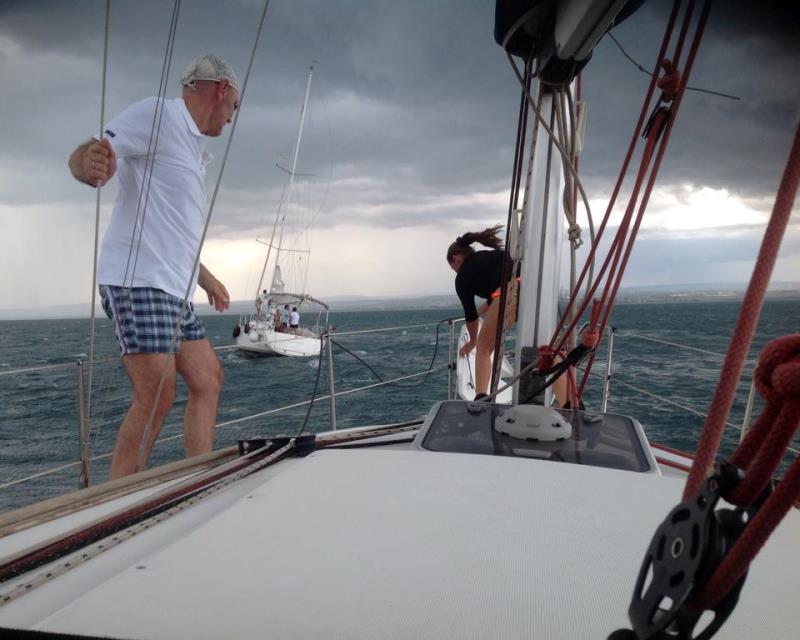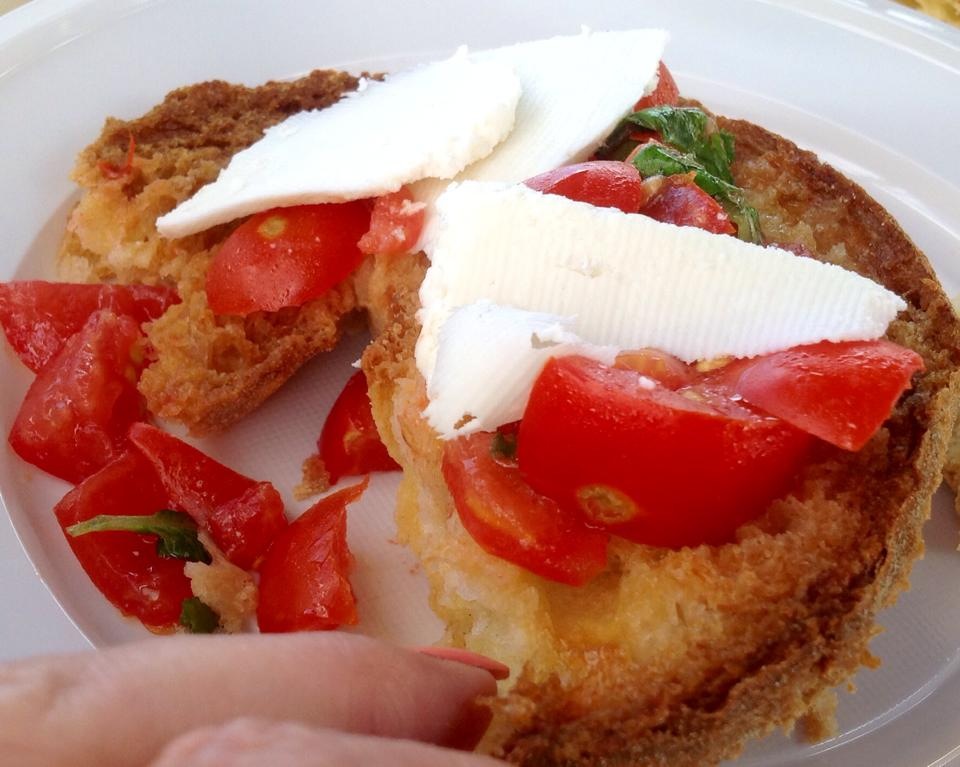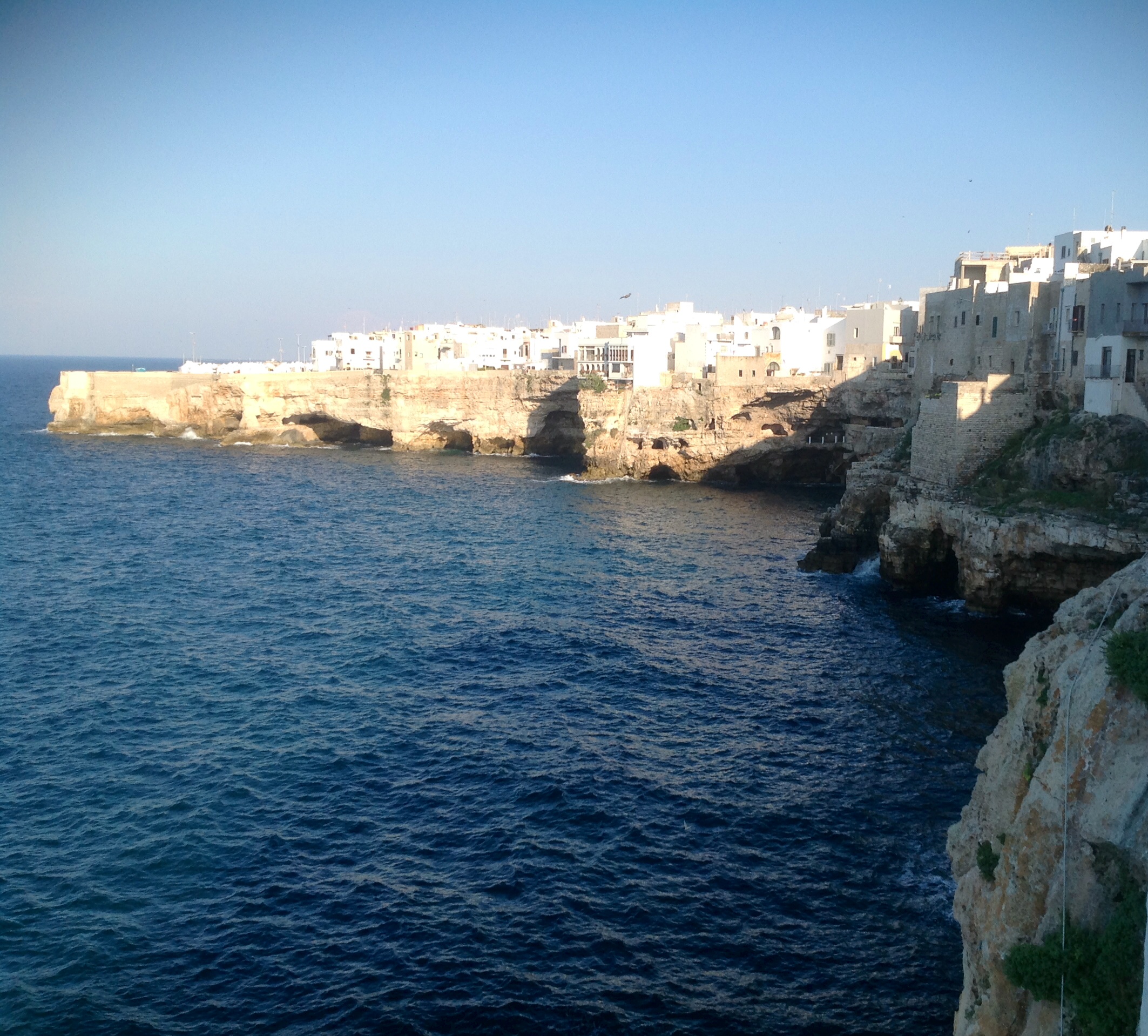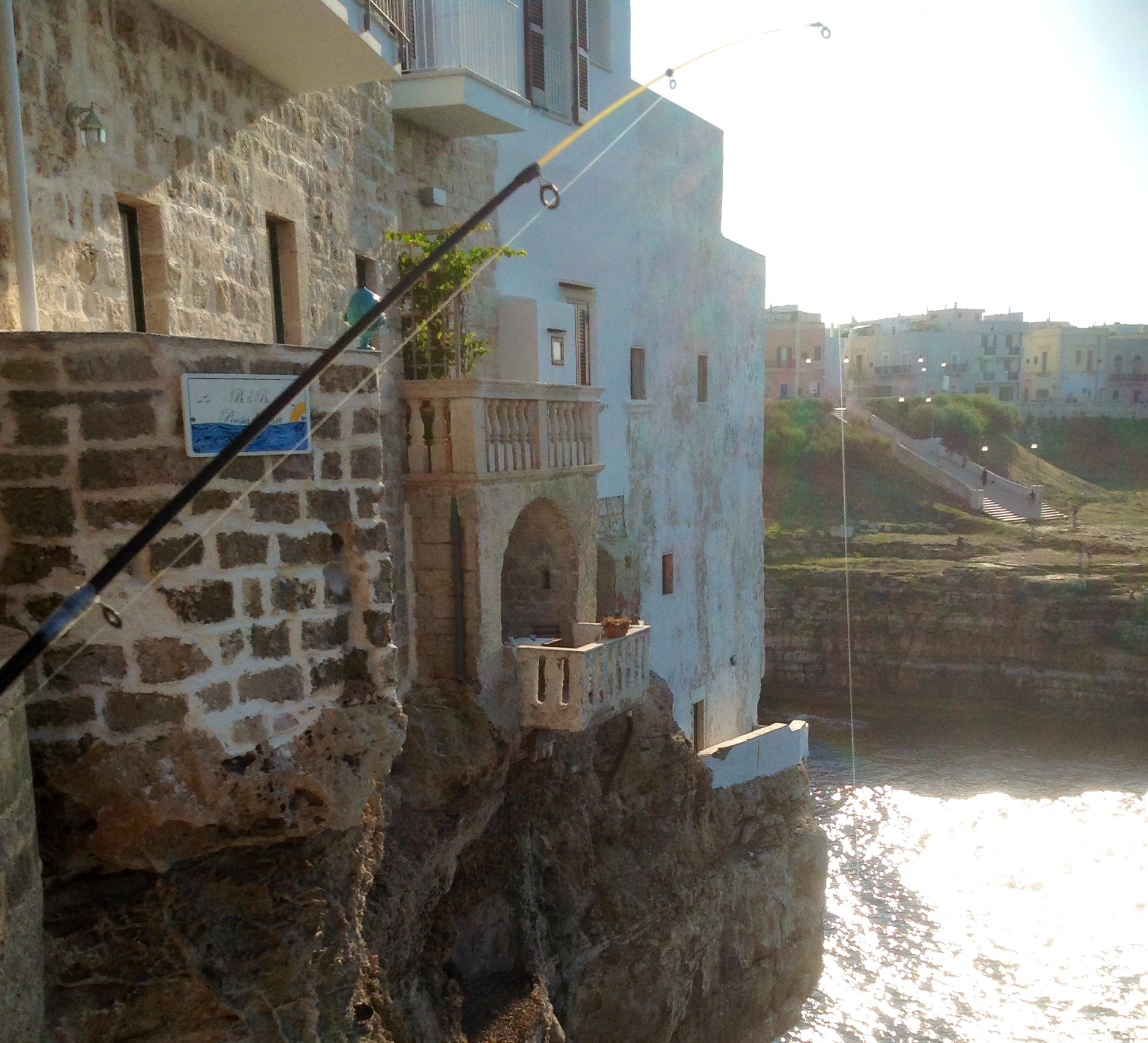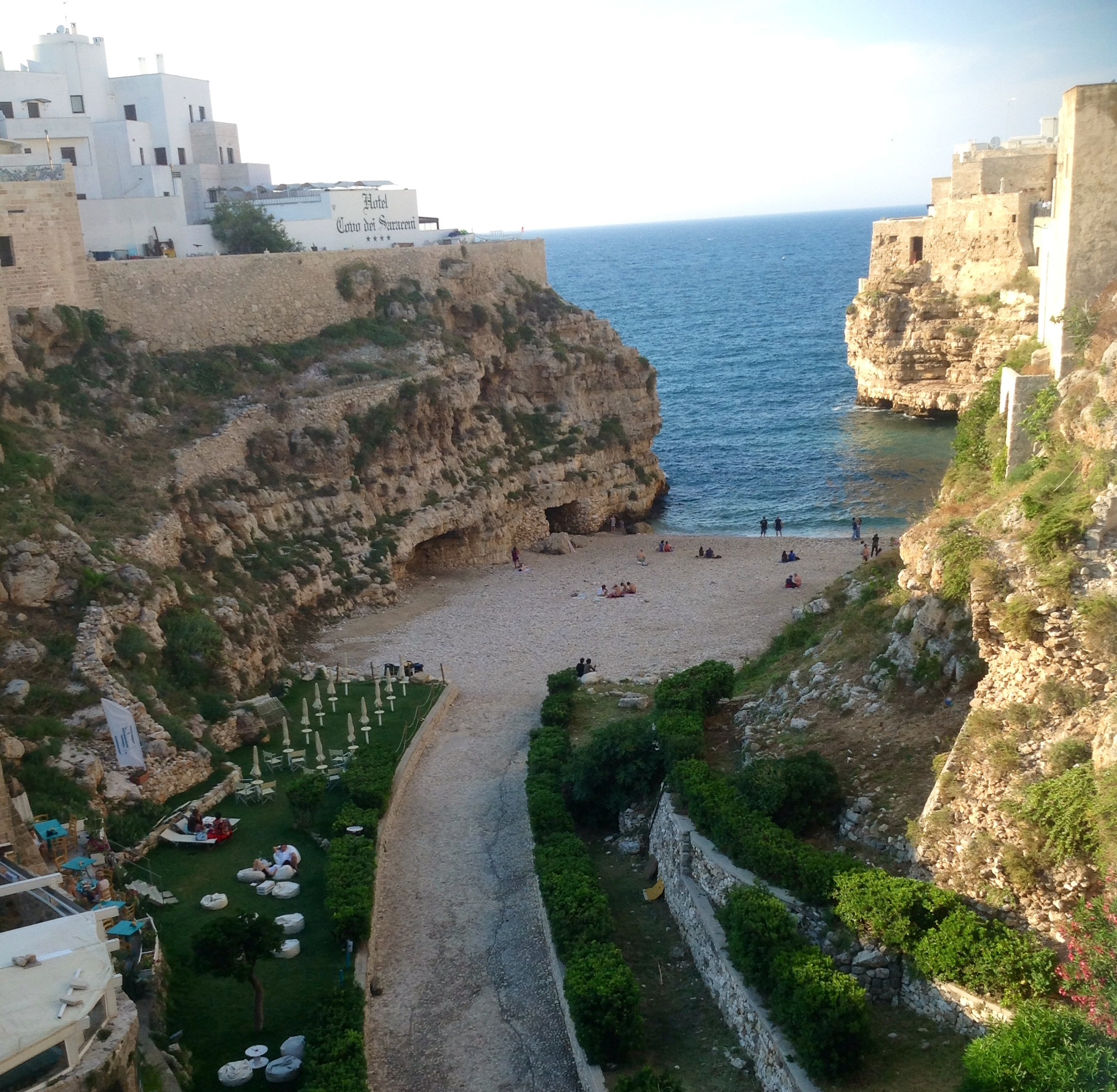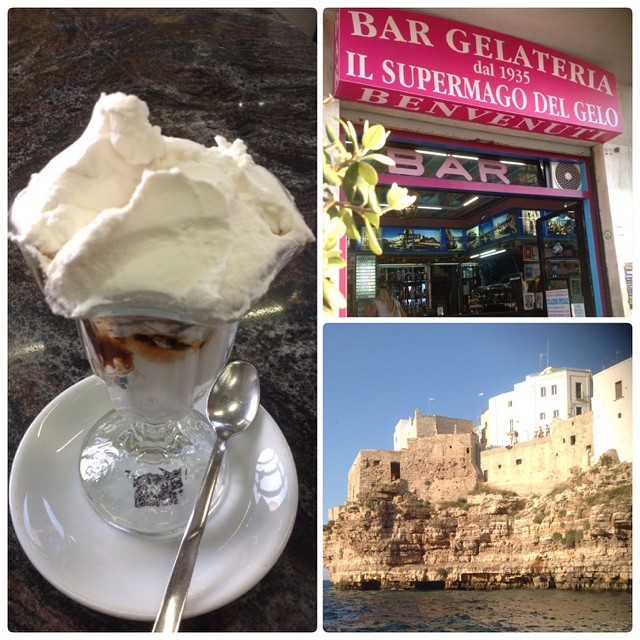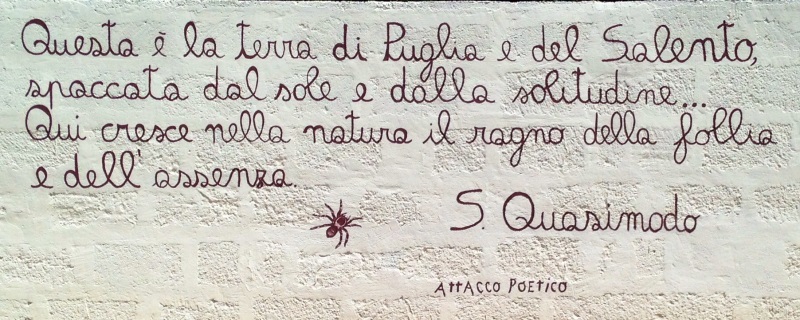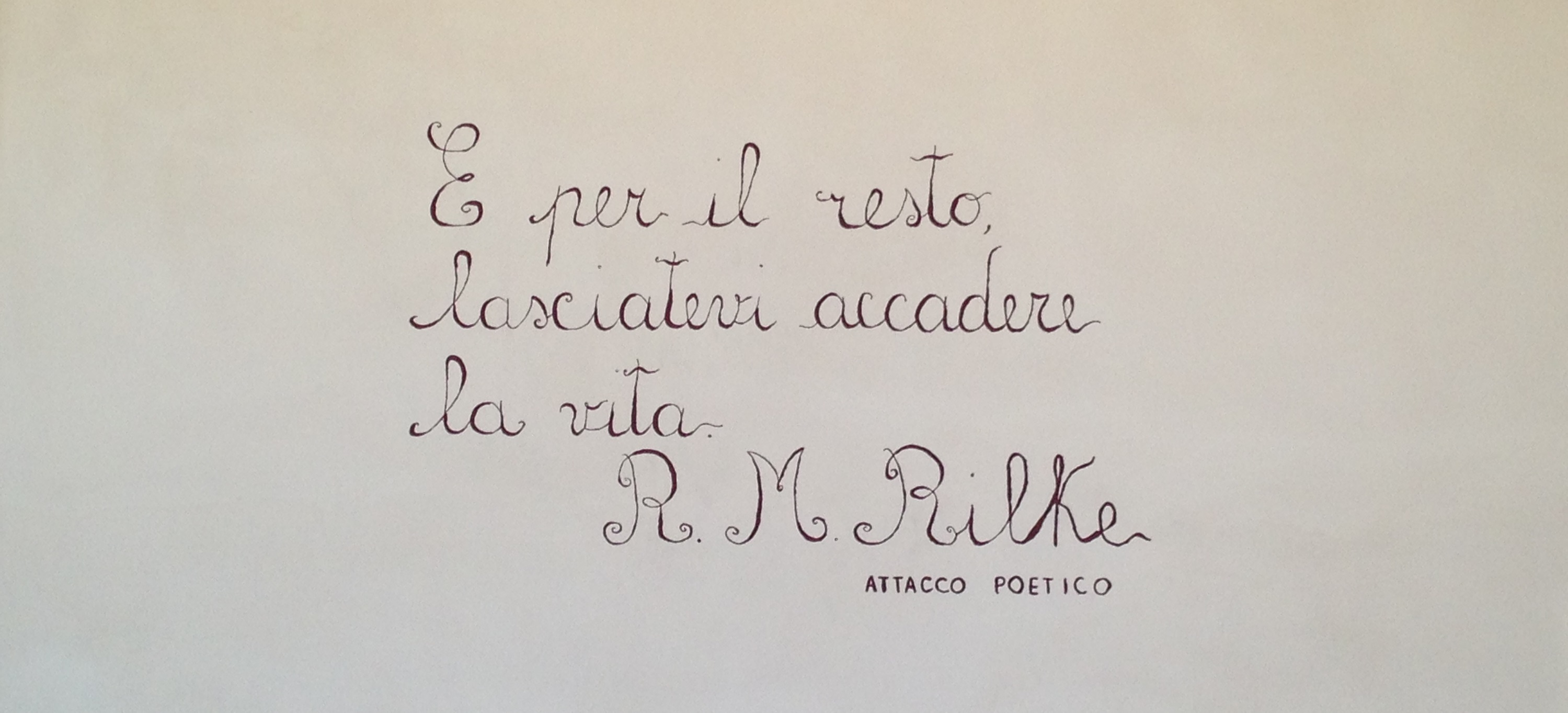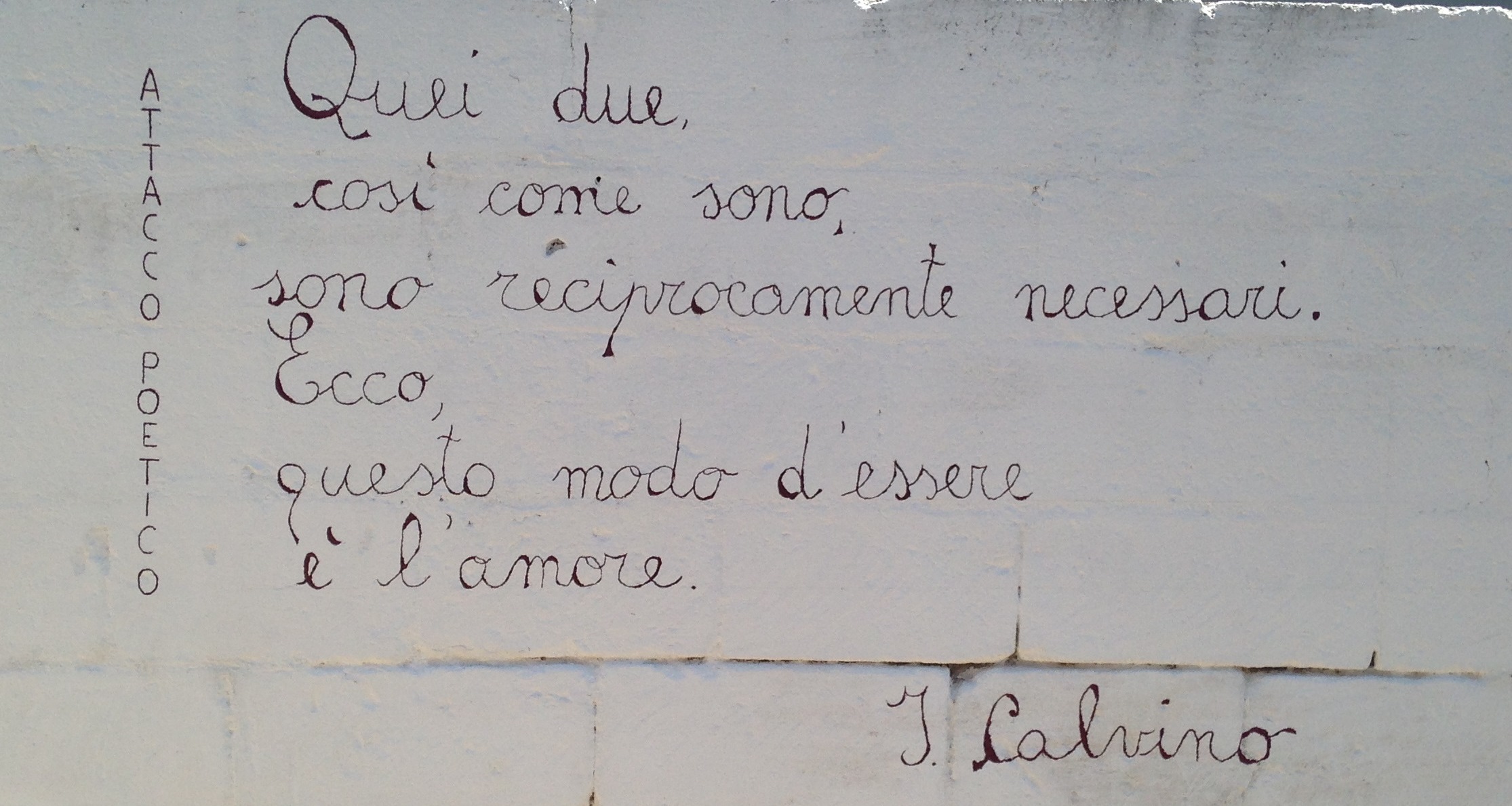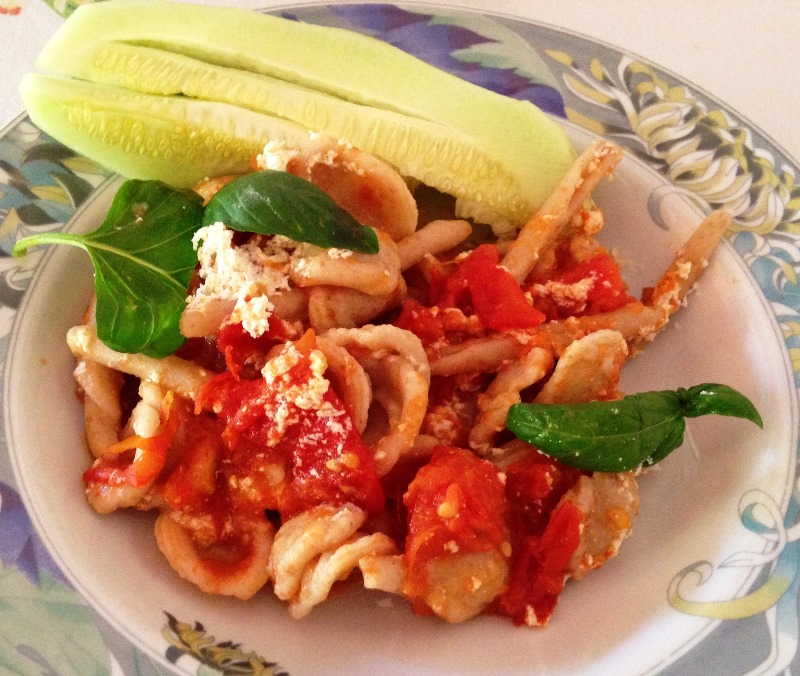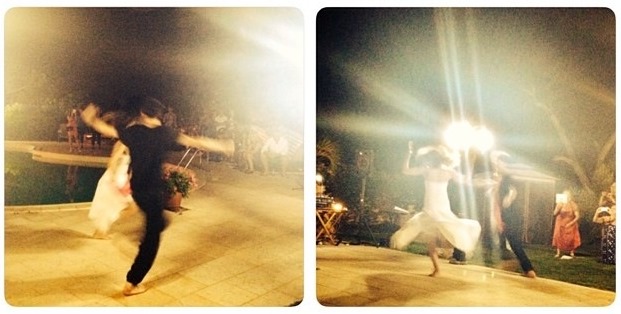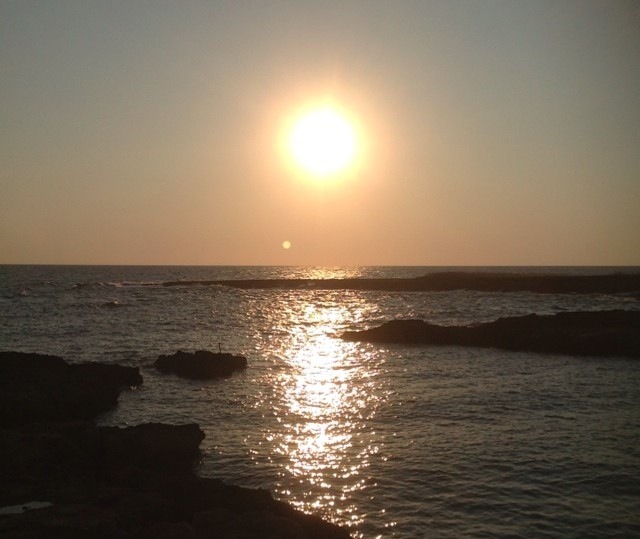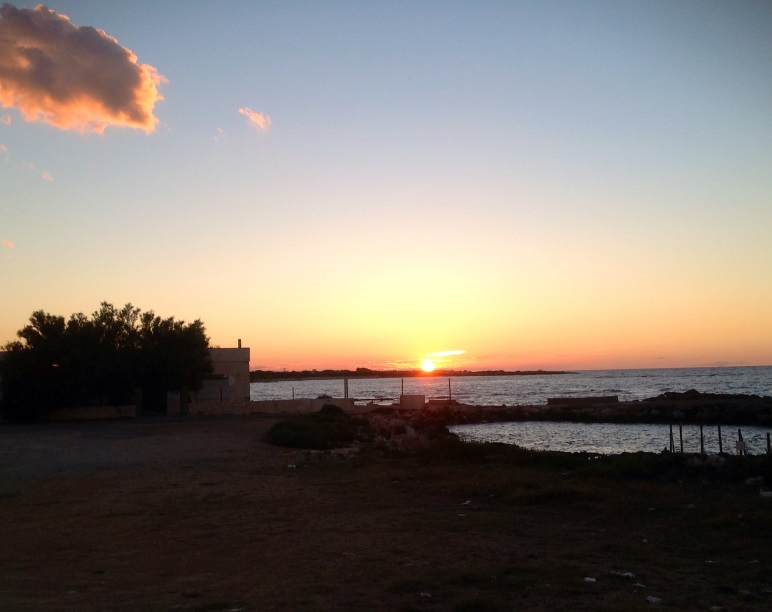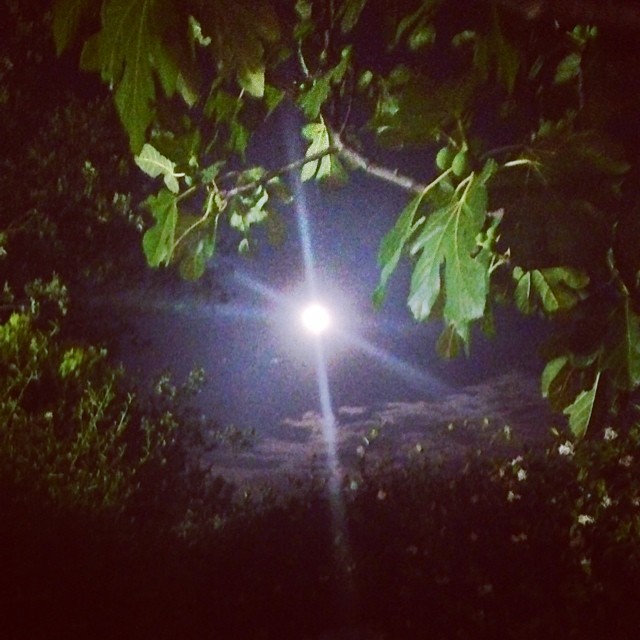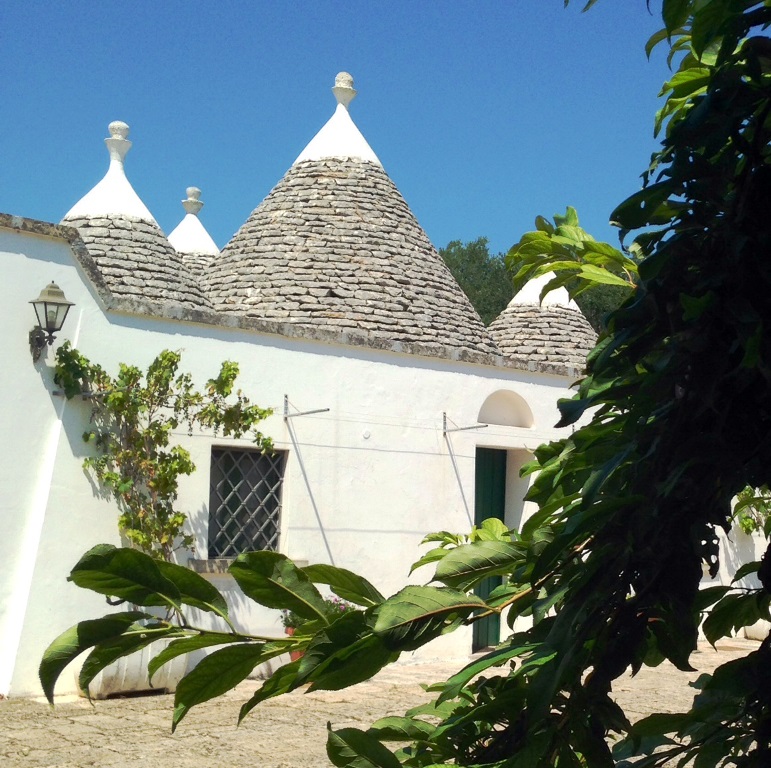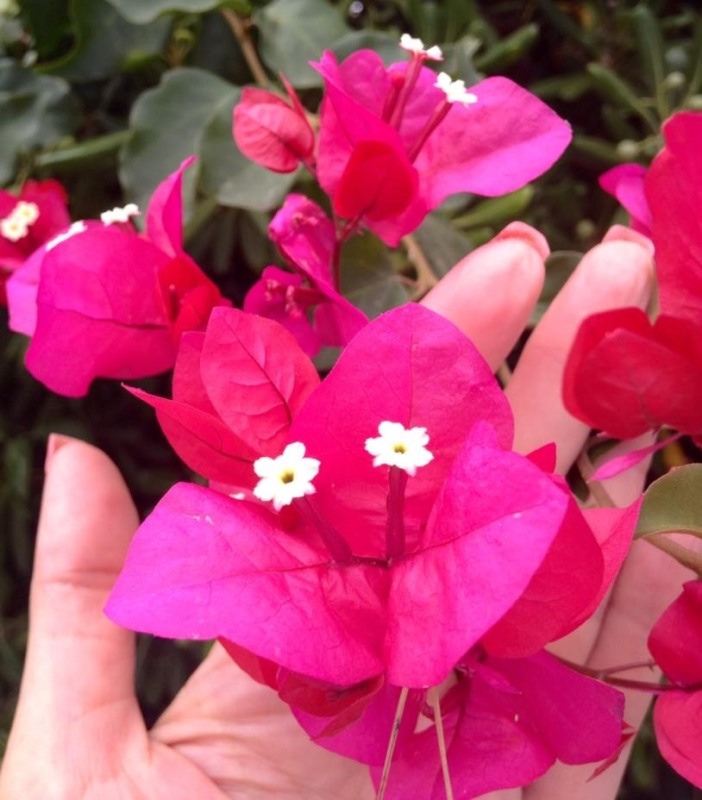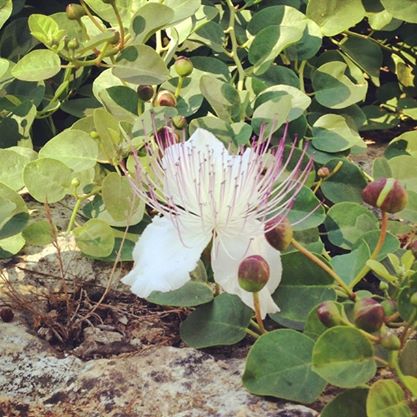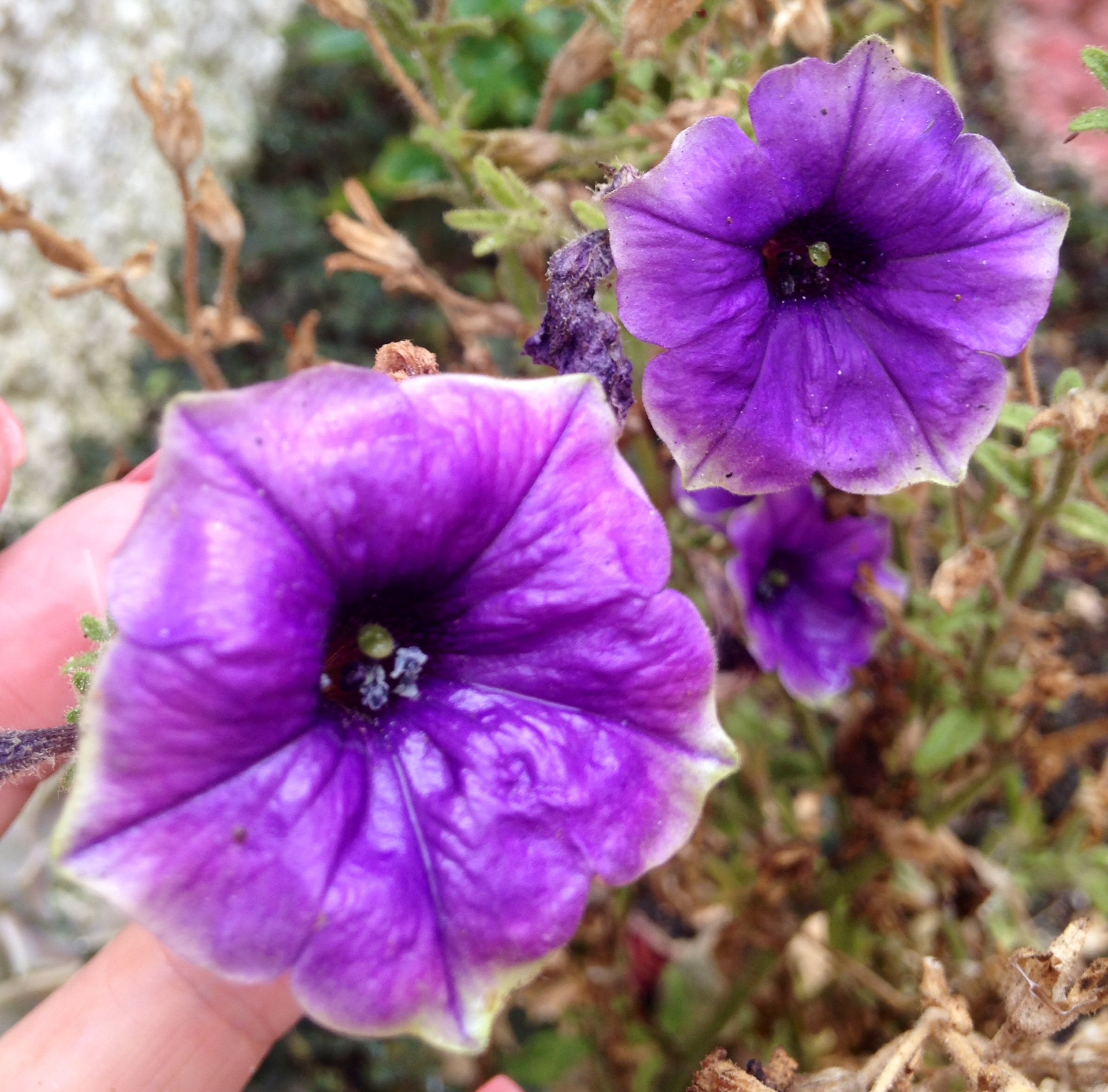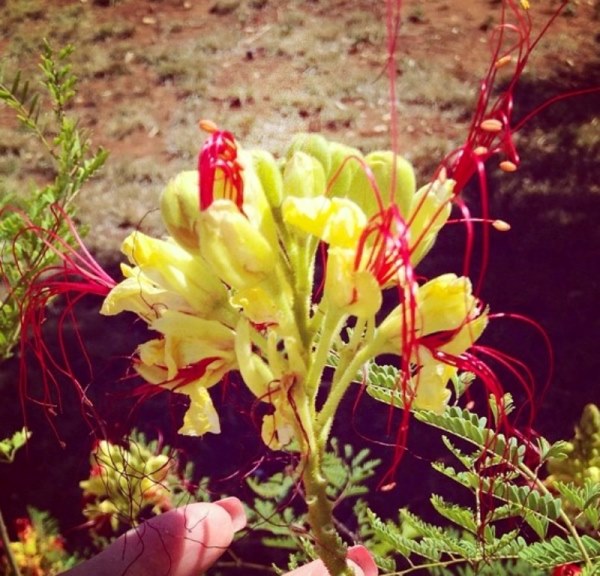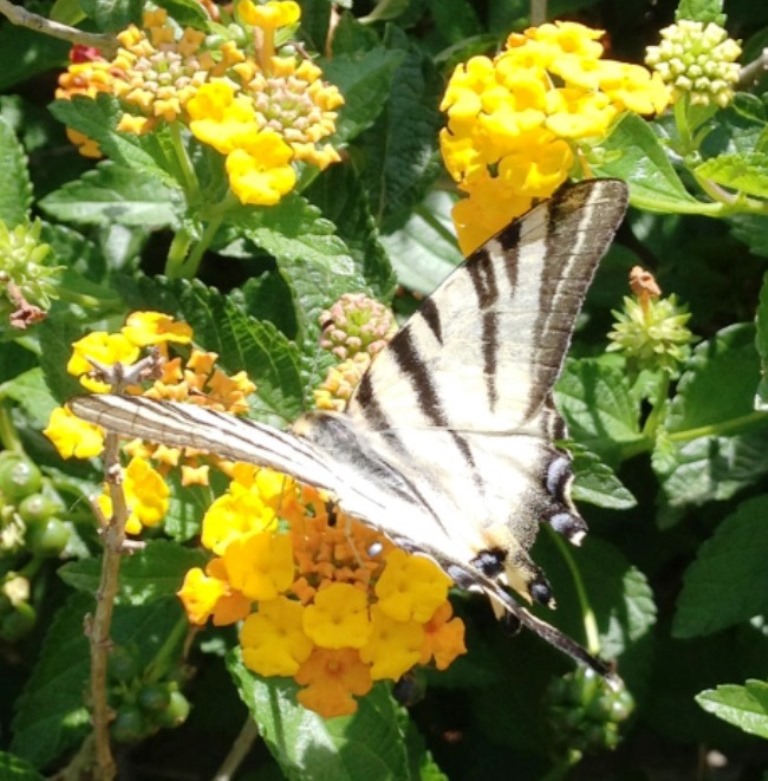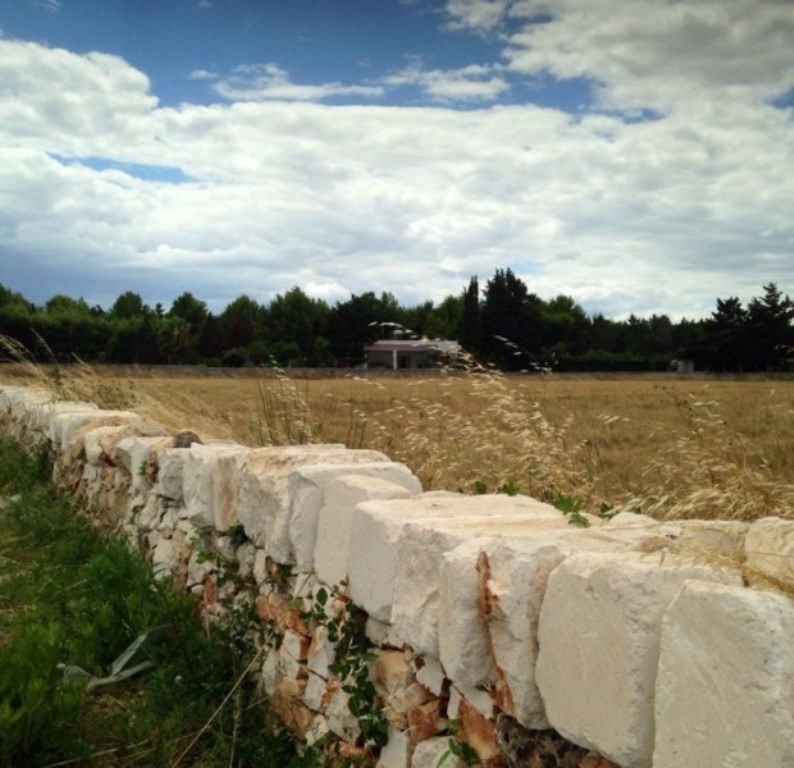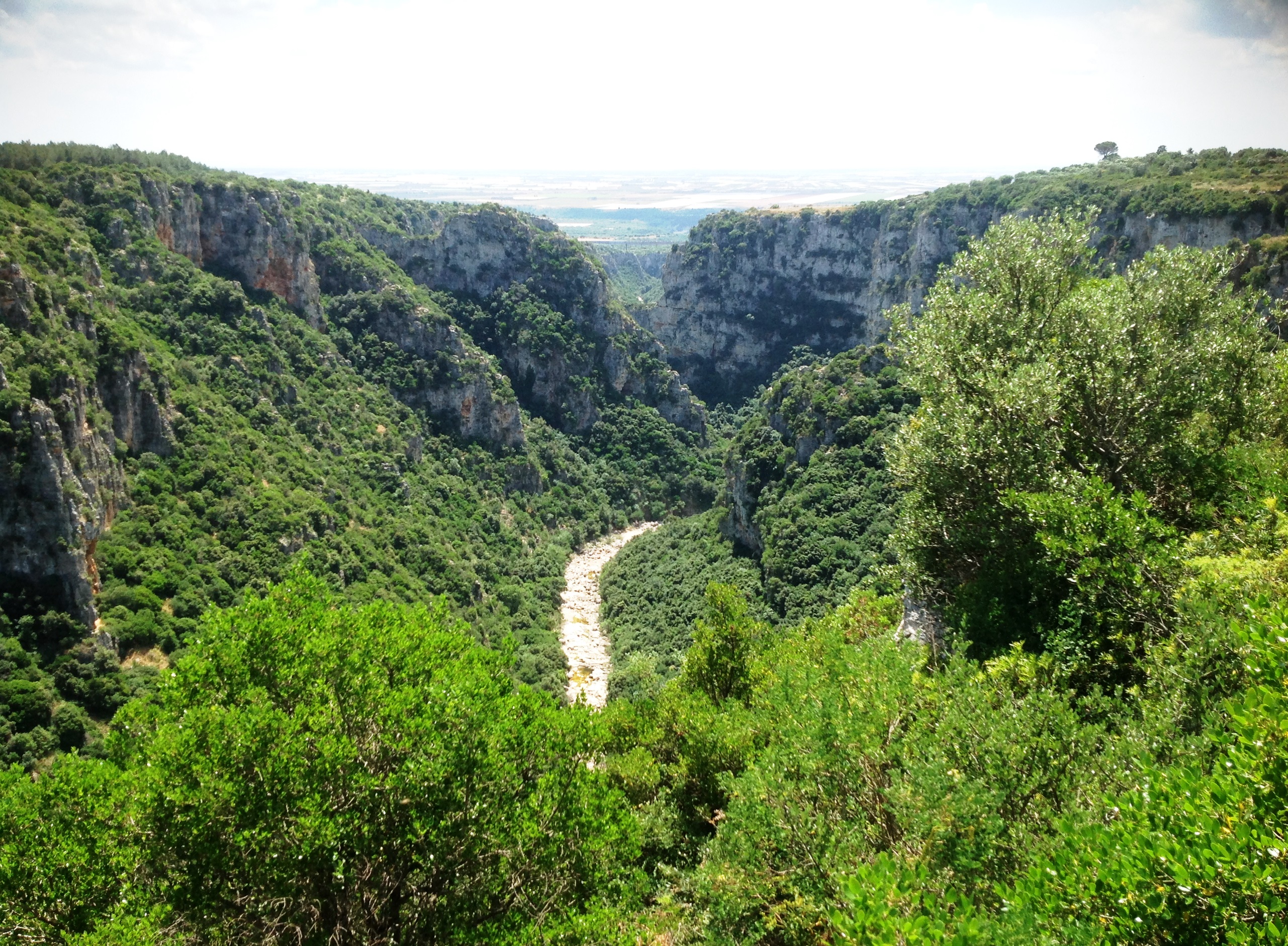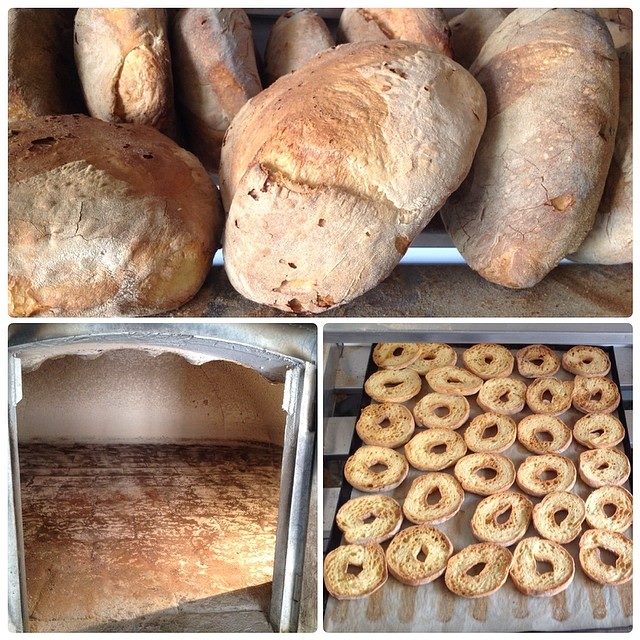Ponza, un’isola di origine vulcanica in provincia di Latina situata nel mar Tirreno, the largest of the Pontine islands. L’ho conosciuta grazie ai racconti di un amico che mi ha parlato, con così tanto amore della sua terra, da indurmi a visitarla.
Chi approda a Ponza si prepari alla vista di bianche falesie rocciose, di grotte, di anfratti, e di acque color smeraldo dai limpidi fondali. Un’isola di pescatori dalla bellezza selvaggia, dalle grandi distese verdi, e dalle caratteristiche case color pastello.
Le isole, da sempre, mi attraggono per la pace e per il benessere che mi sanno trasmettere. Da una terrazza sulla collina di ‘Le Forna’, località a 7 km dal porto raggiungibile attraverso una strada panoramica, ho goduto dei colori, dei profumi, dei tramonti, e della visione notturna delle luci delle case ponzesi in lontananza.
Scenari unici della nostra bell’Italia, che fanno comprendere quel legame nostalgico che si instaura dopo la visita a queste terre. Nei giorni passati a Ponza ho esplorato la natura e le tante calette raggiungibili via mare e via terra attraverso i molti percorsi turistici. Raccontarli non è sufficiente, bisogna viverli… Images, in questi casi, valgono più di mille parole…
Circondata dal mare e abbracciata dalla natura…
It’ stata questa la prima sensazione appena arrivata a Ponza. Dalla mia terrazza sulla collina di Le Forna, piccola frazione dell’isola, ho goduto dei tramonti rotti solo dal frinire dei grilli, e dai richiami dei gechi in amore.
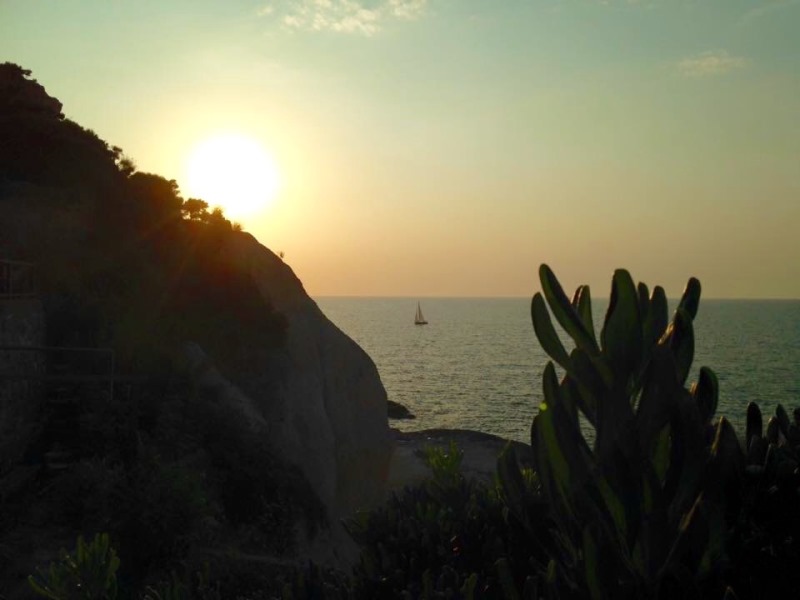
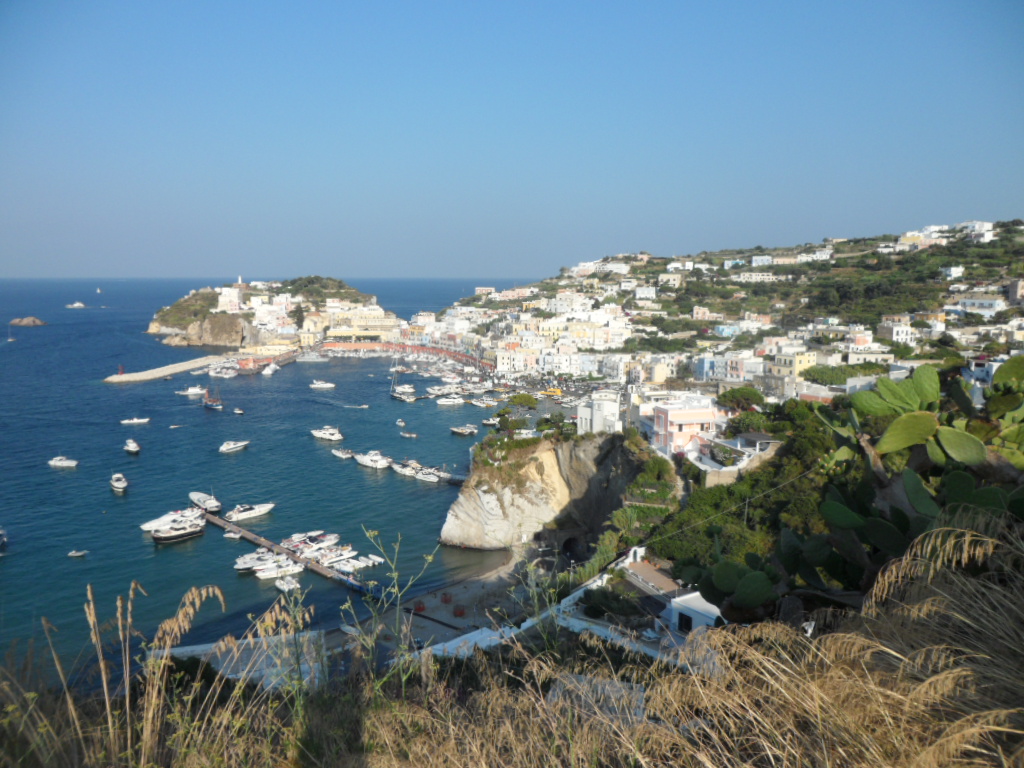
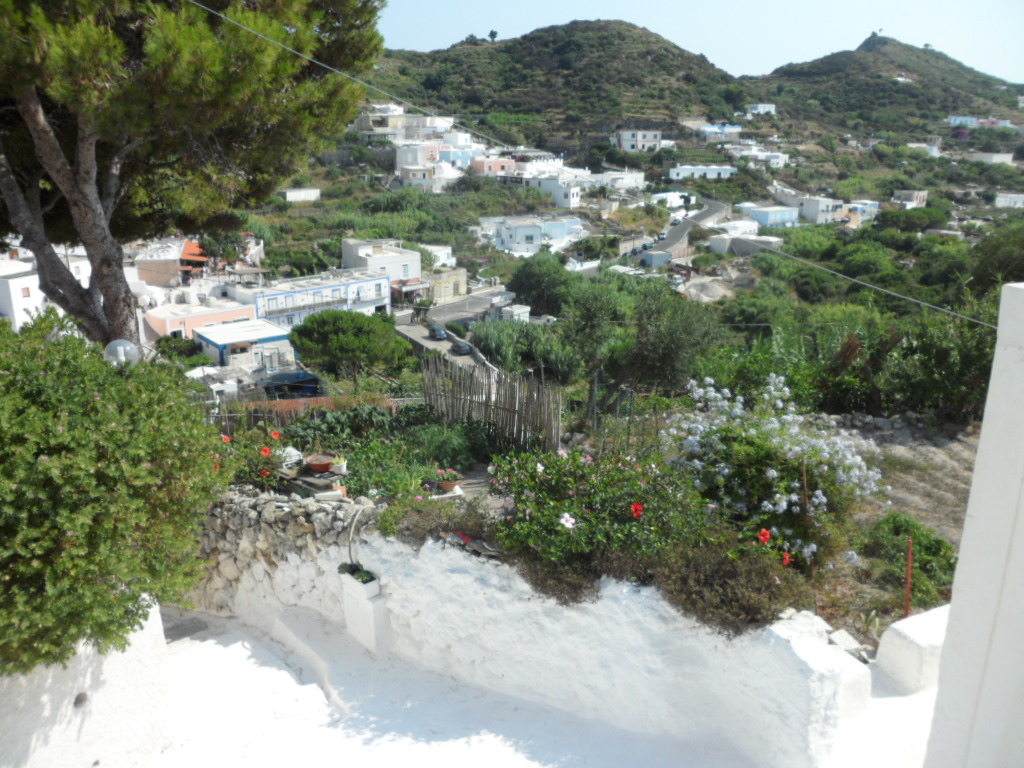
La mia esplorazione dell’isola, dietro consiglio di un pescatore, è iniziata a Cala Gaetano, una baia a Le Forna raggiungibile via terra attraverso una ripida scalinata.
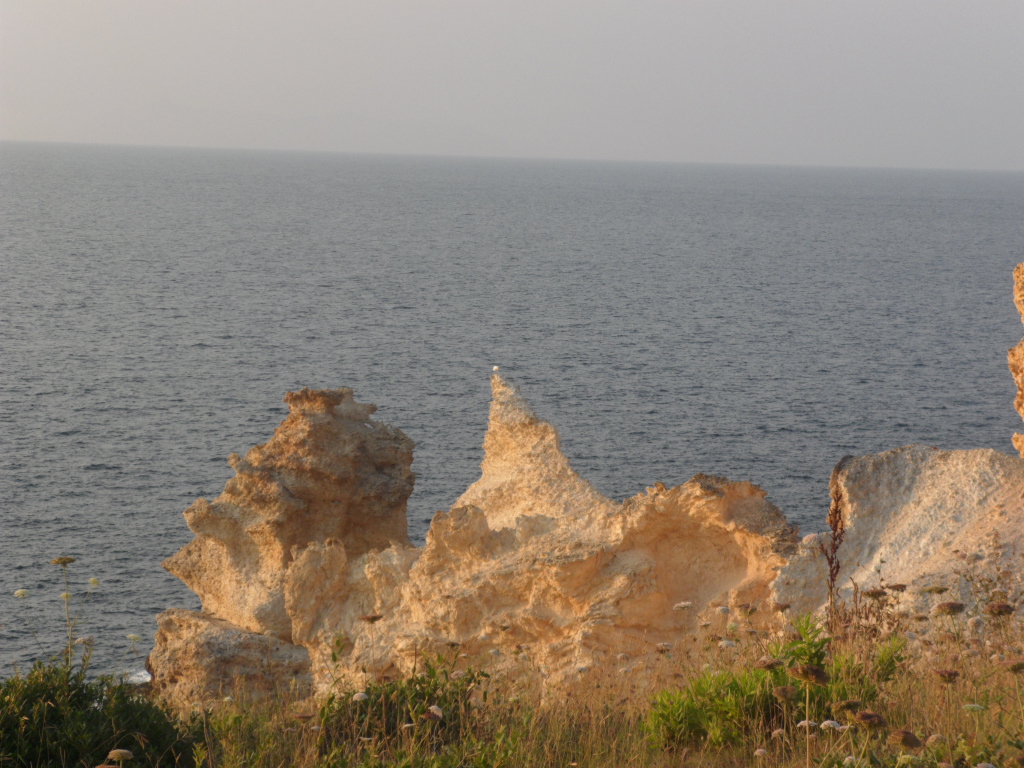
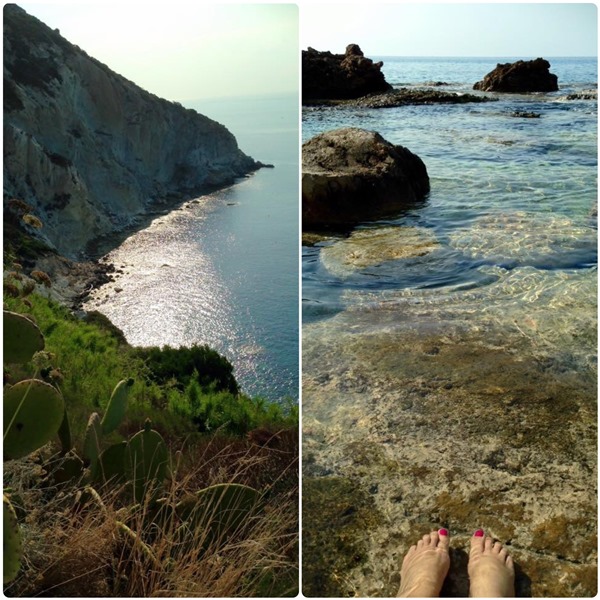
Cala Fonte, un antico porticciolo dalle acque color smeraldo ancora oggi usato dai pescatori. Sotto un piccolo passaggio, in una grotta naturale che divide il mare, cullata dalle onde ho trovato un fresco rifugio per sfuggire alla calura estiva.
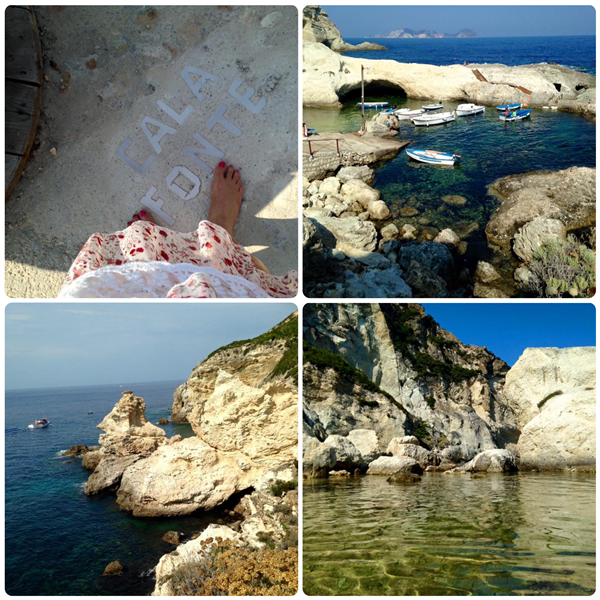
A Ponza, in Baia di Cala Feola, c’è un tratto di mare chiamato Piscine Naturali. Facile capire il perché di tale nome…
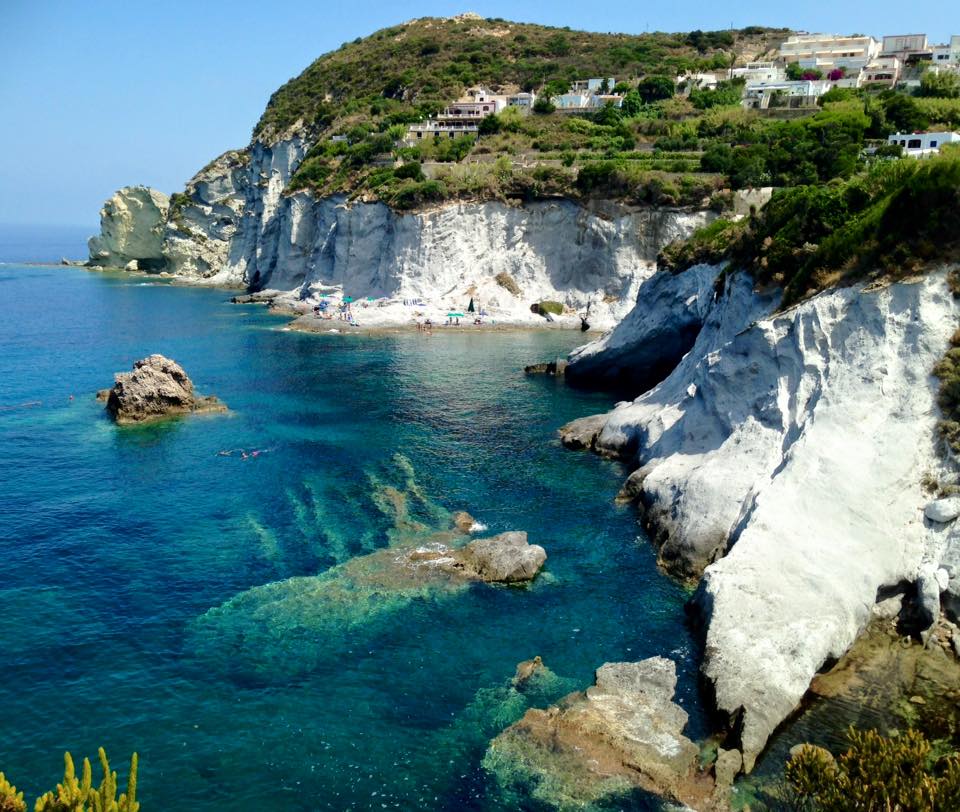

Le isole vanno vissute via terra e via mare… Durante un giro in barca ho ammirato Cala Inferno, luogo suggestivo e ricco di storia il cui nome, mi dicono, ha origine dai 350 gradini che una volta erano necessari per raggiungerla.
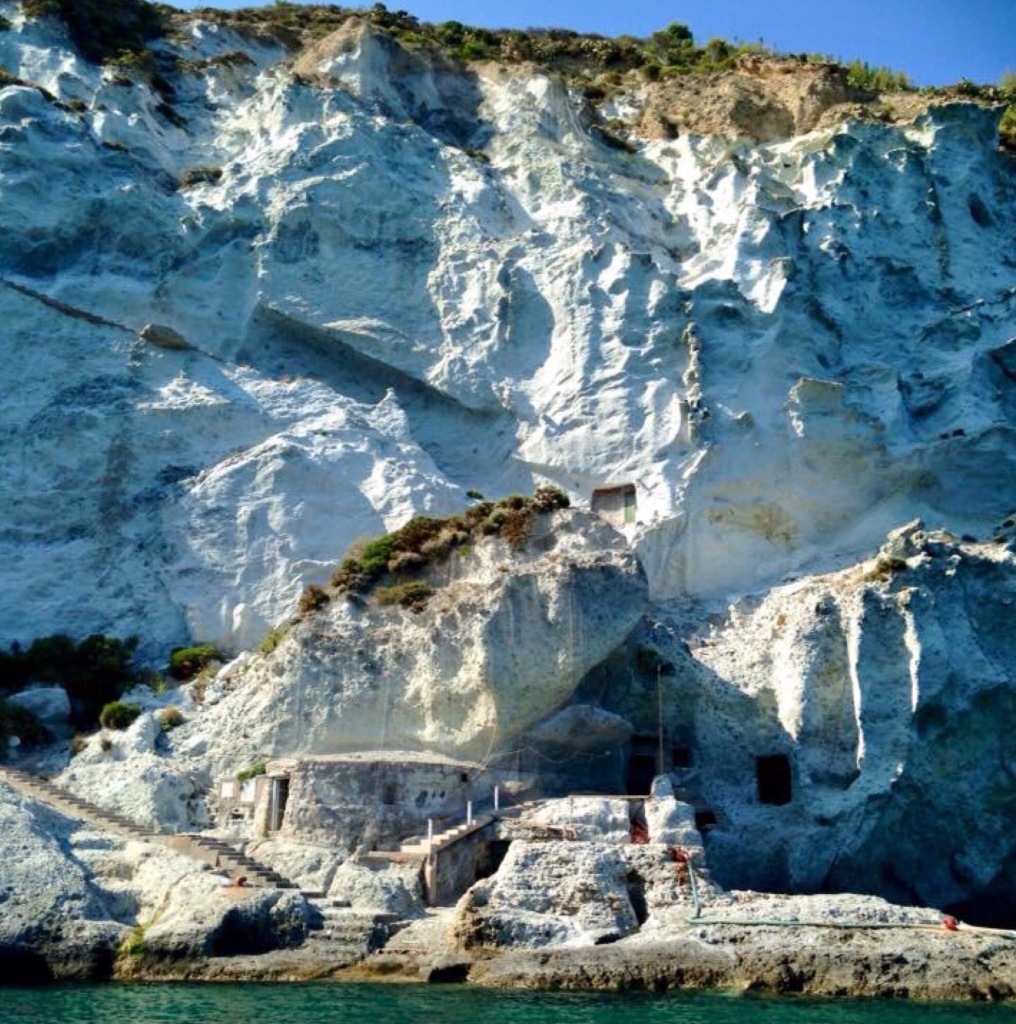
Subito dopo il porto appaiono maestose le grotte di Pilato, l’antico Murenario romano risalente al I secolo a.C.

Capo Bianco, una bellissima baia di roccia tufacea accessibile solo via mare, che colpisce per il bianco dei suoi scogli. Federico Fellini ha girato qui alcune scene del film Satyricon.
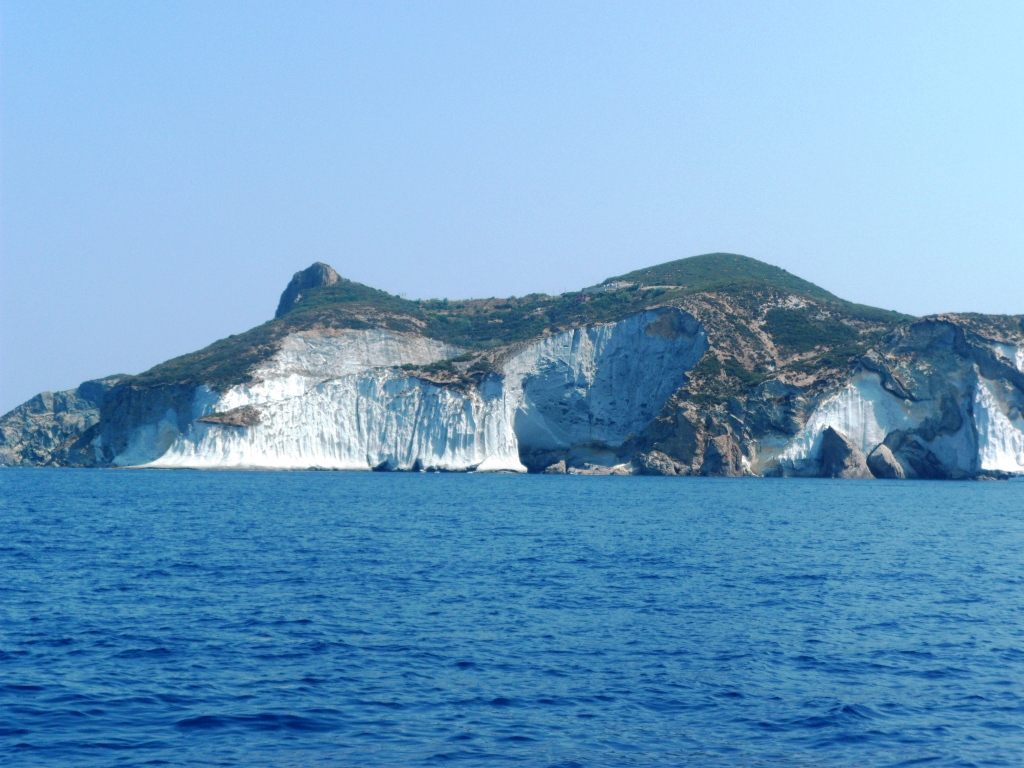

Immancabile la tappa via mare davanti all’imponente Arco Naturale.
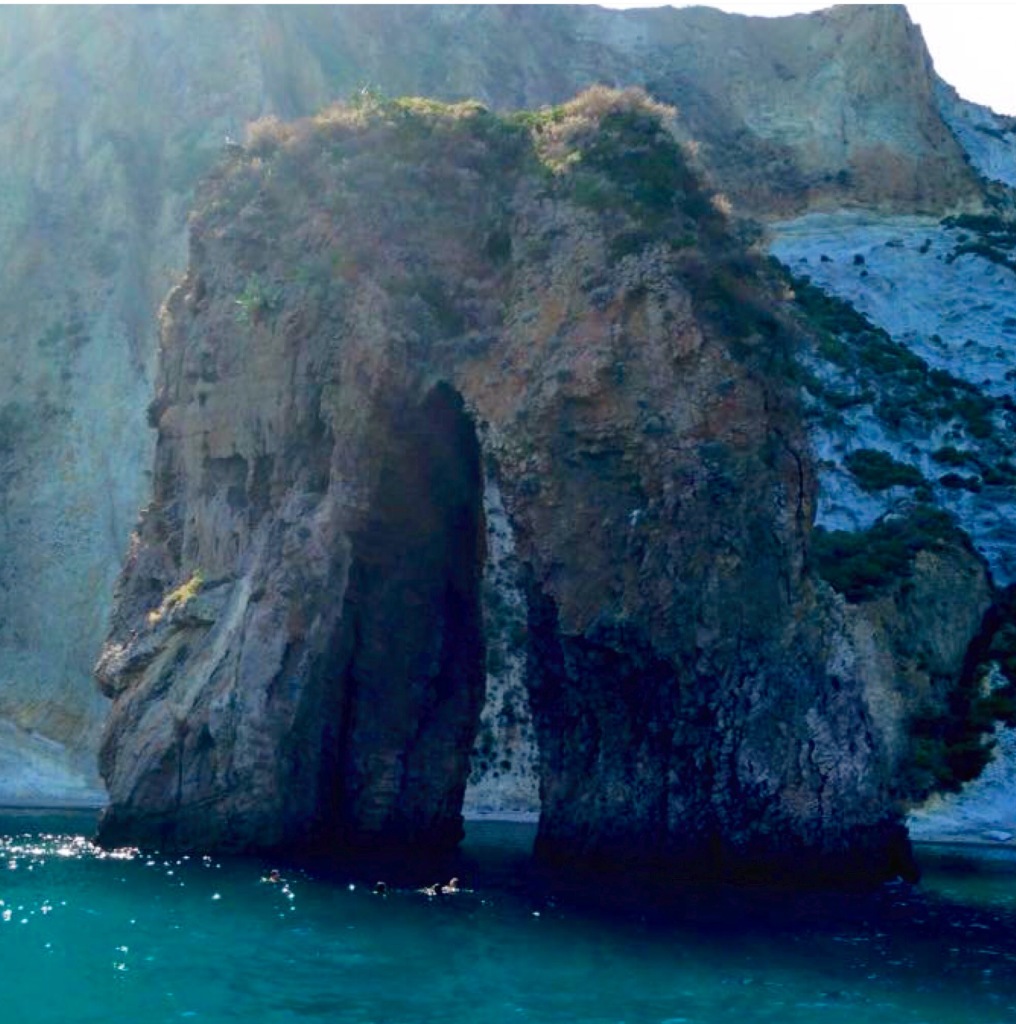
Cala dell’acqua, dominata da Forte Papa, una fortificazione cinquecentesca di età borbonica. Il nome di questa baia ha origine dal trasudamento della parte rocciosa.

Ponza, un’isola in cui si vive la natura e la vita di un tempo, non certamente meta ideale per chi ama il turismo di massa. Passeggiando nei suoi molti percorsi, ho potuto ammirare fiori e piante dai profumi intensi e dai colori brillanti.
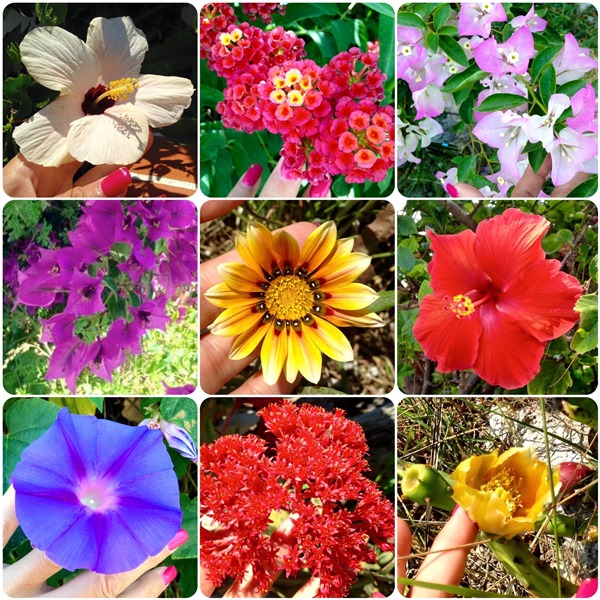
Per chi ama le spiagge lunghe e attrezzate, io meno, dal porto, con dei piccoli traghetti che effettuano un servizio continuo, si arriva a Frontone. In realtà lo si può raggiungere anche via terra attraversando un percorso tortuoso, that, per le difficoltà conseguenti, non è consigliato a tutti.
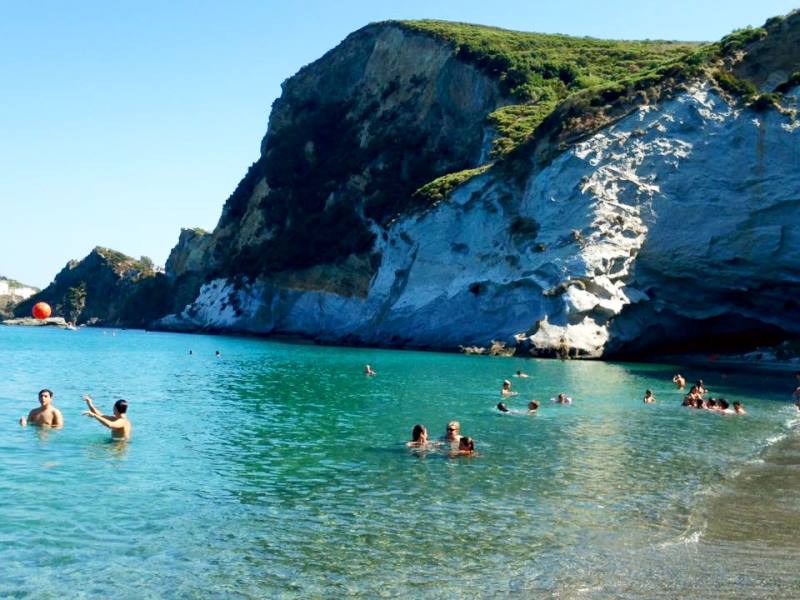
In barca con Aniello, un uomo nativo del posto che ha dedicato la vita al mare, tra le tante bellezze naturali tra cui da sempre ha la fortuna di vivere, ho potuto ammirare la meravigliosa isola di Pamarola, base fino al ‘700 di pirati barbareschi. Chi avrà l’opportunità di visitarla si prepari alla visione di limpidi fondali, di mare cristallino, di faraglioni e grotte… scenari da sogno di un’isola italiana tra le più belle al mondo.


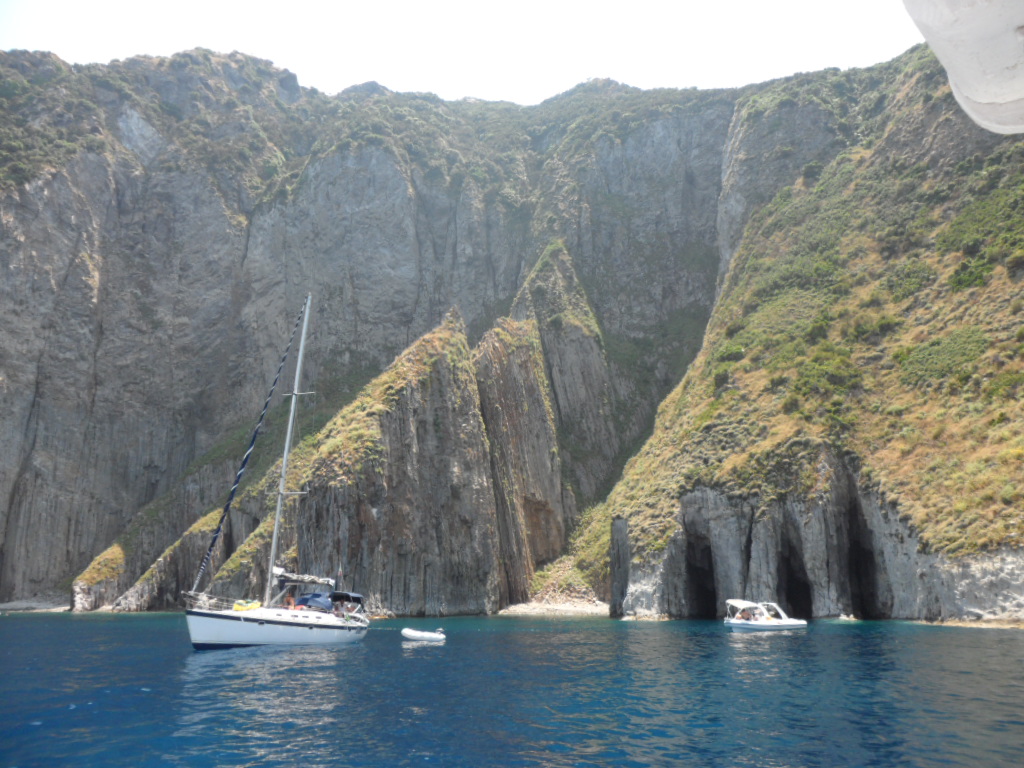
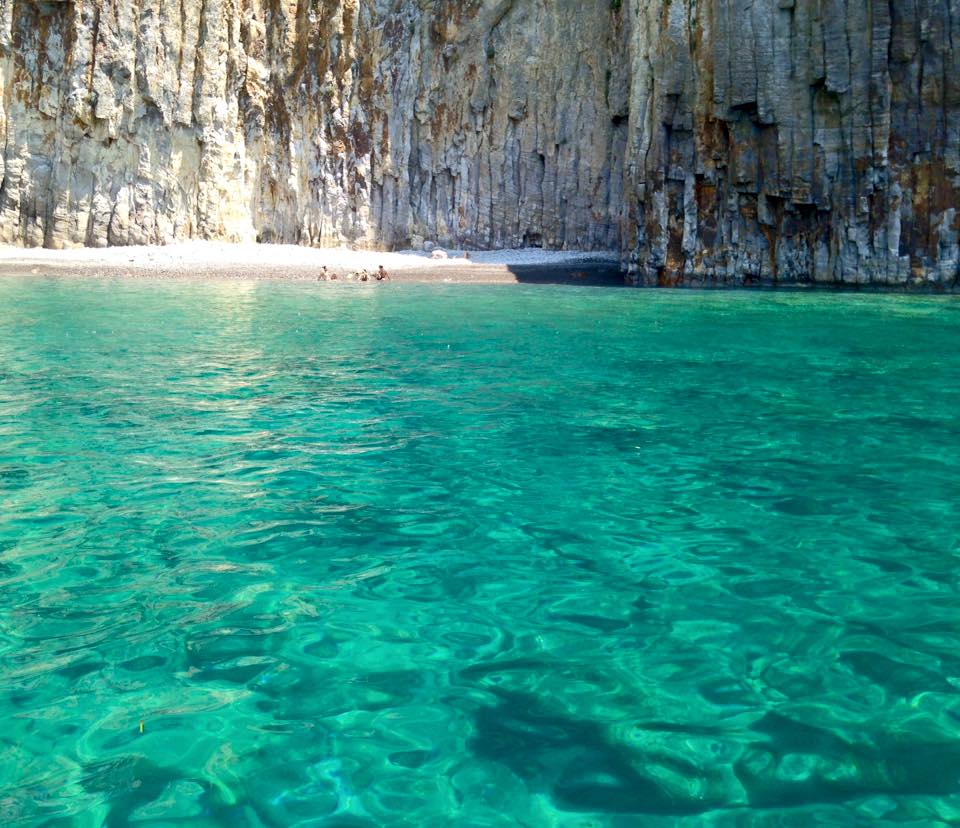
Ho lasciato Ponza da pochi giorni… un’isola che vive principalmente di turismo, che riporta indietro alla vita di un tempo, e che non dimenticherò, ne con la mente ne con il cuore.
Non è facile vivere lontano dal mare…
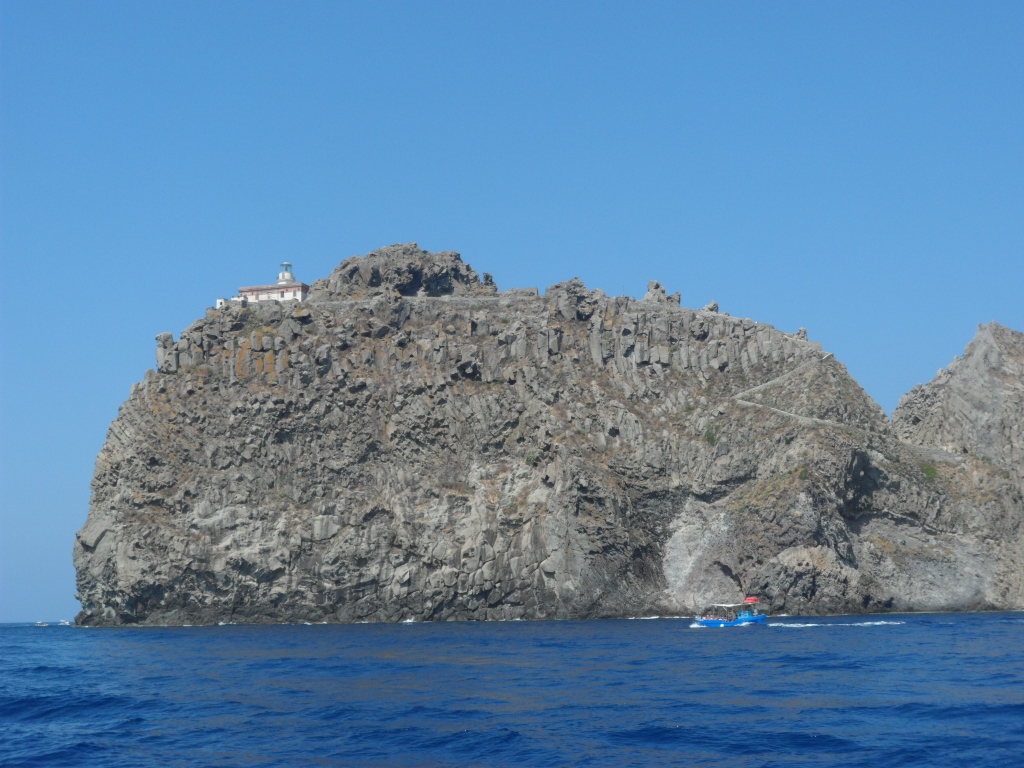
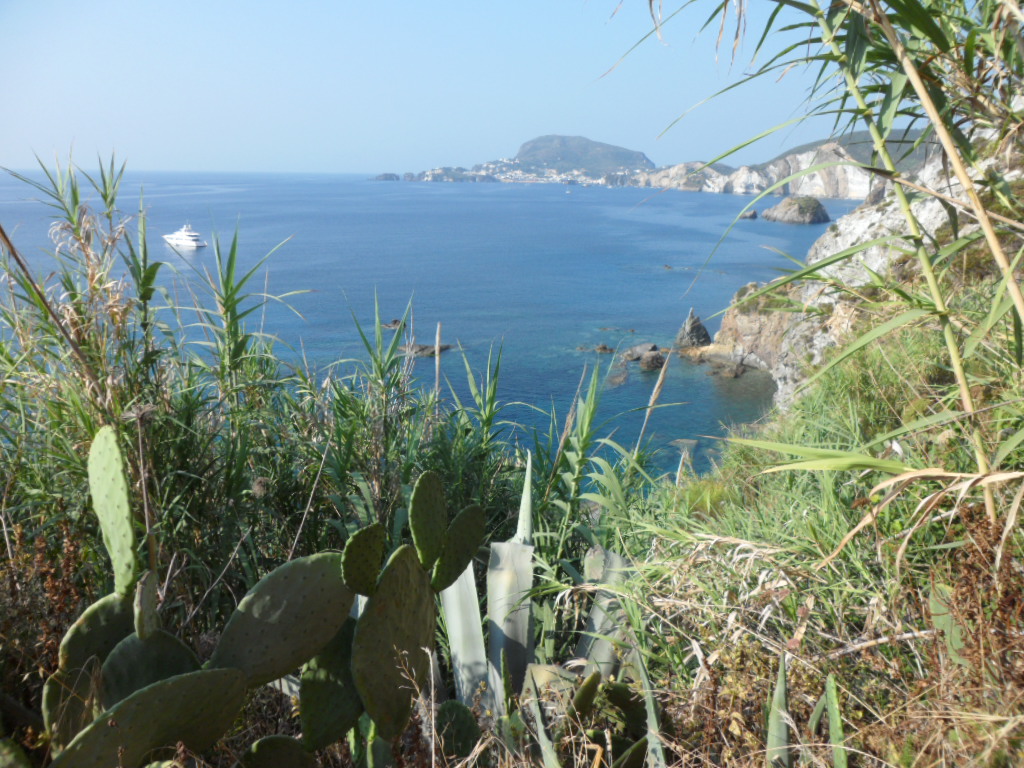
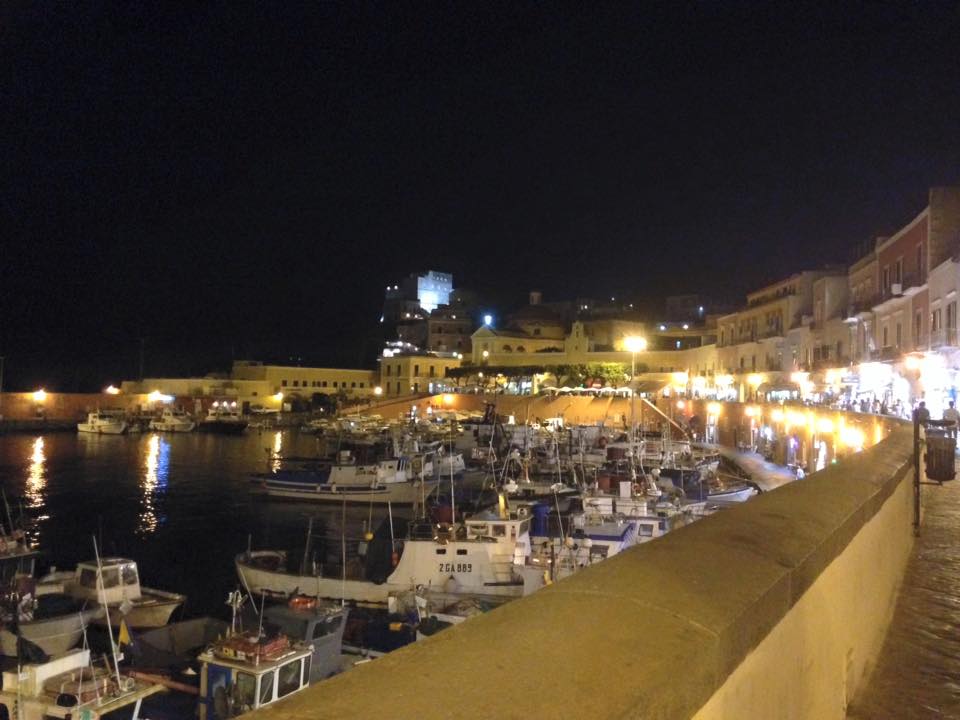
Nature, mare e cucina del territorio, elementi essenziali per le mie vacanze. Nei giorni passati sull’isola ho assaggiato e raccolto alcune preparazioni tipiche locali, che a breve vi racconterò…
Qui di seguito segnalo alcuni numeri che mi sono stati utili durante la mia visita a Ponza.
Laziomar: Formia tel. 0771 23800 / Ponza tel. 0771 80565 / Anzio tel. 06 9860083
Aliscafi Vector: Anzio tel. 06 9945083 / Ponza 0771 80549 / Formia 0771 700710
Pro Loco Ponza tel. 0771 80031 – www.prolocodiponza.it
Agenzia Maridea di Marianna Impagliazzo tel. 0771 809684 – www.marideaponza.it
Sig. Aniello cell. 339 8309248
